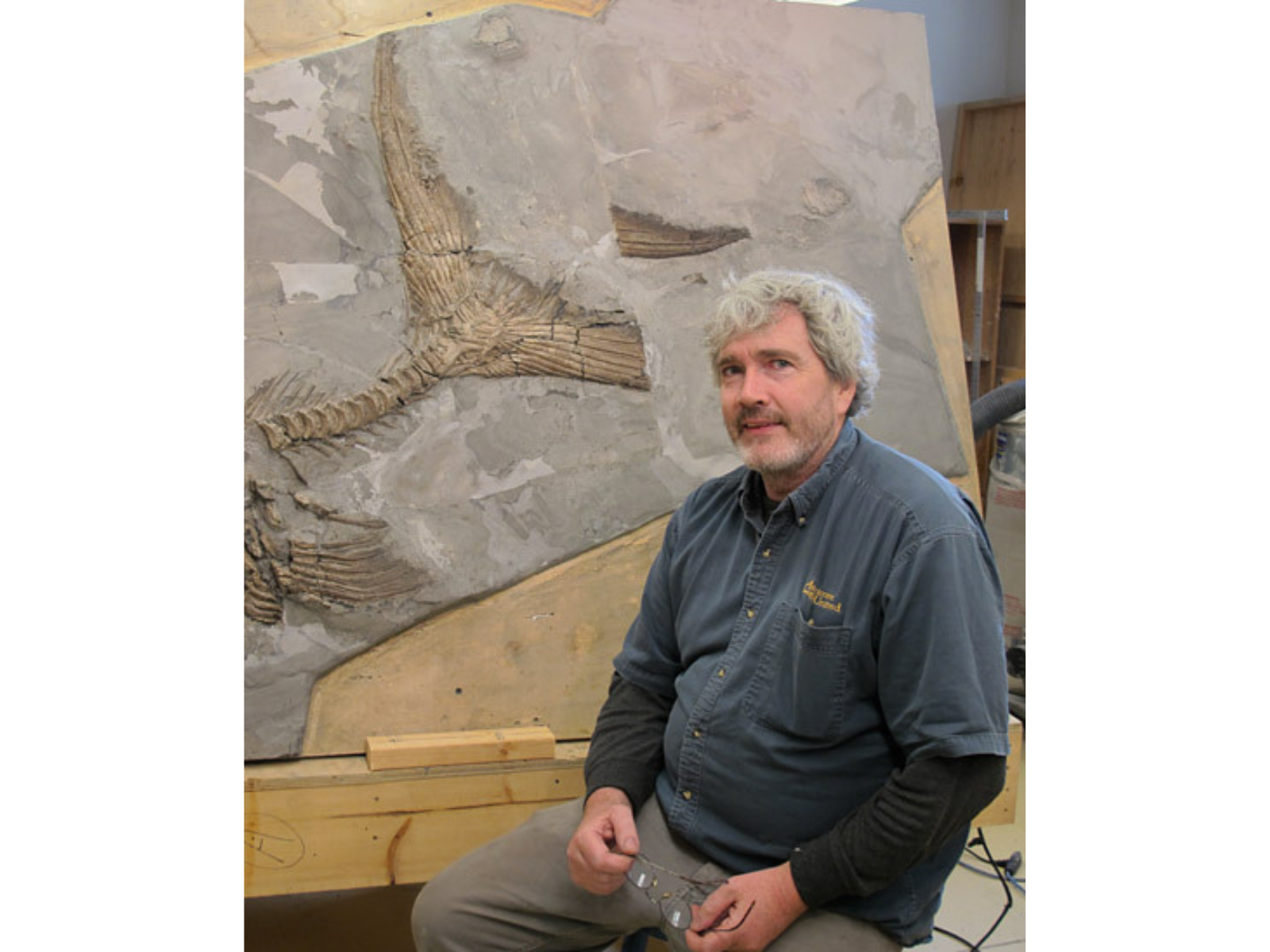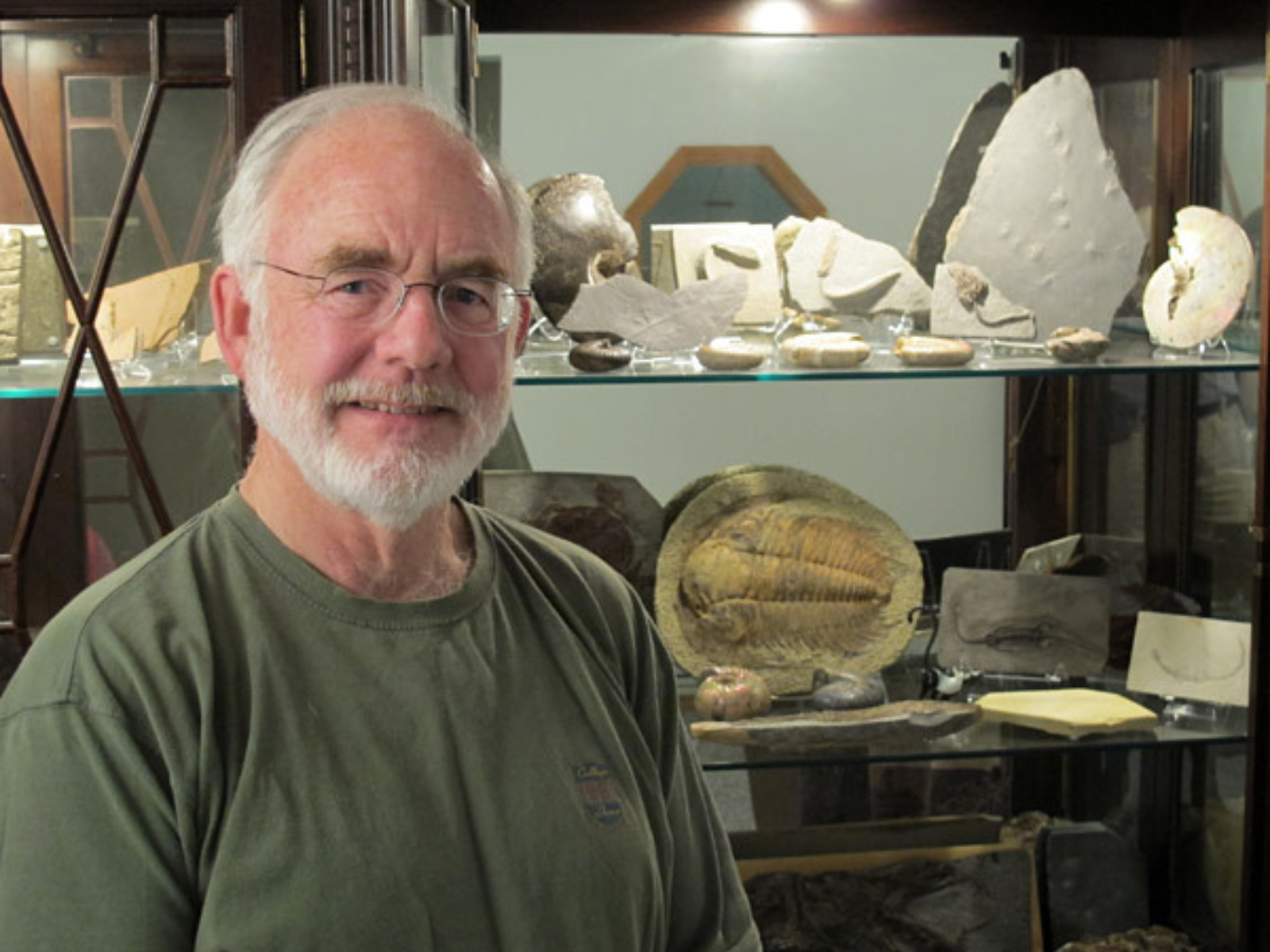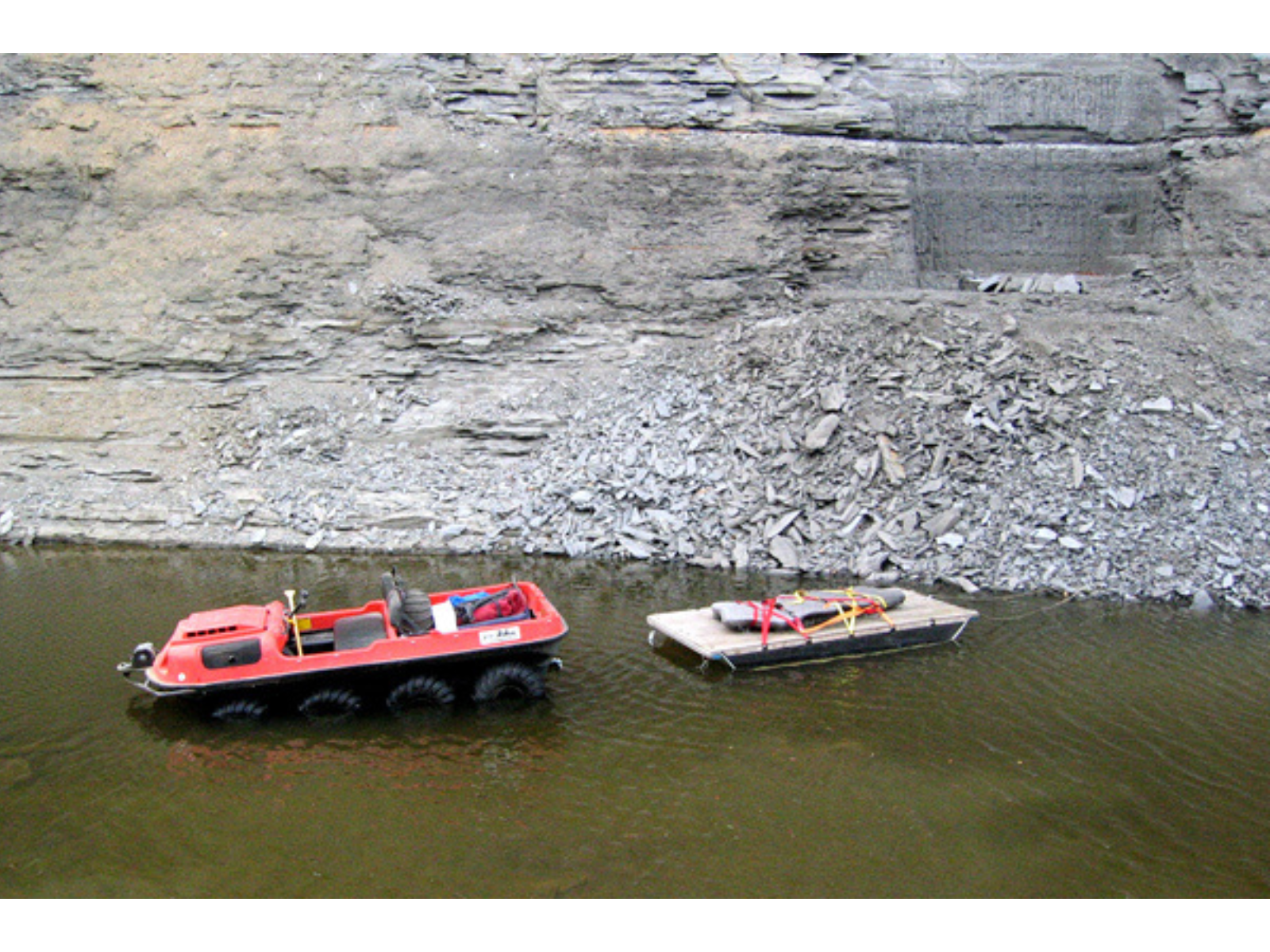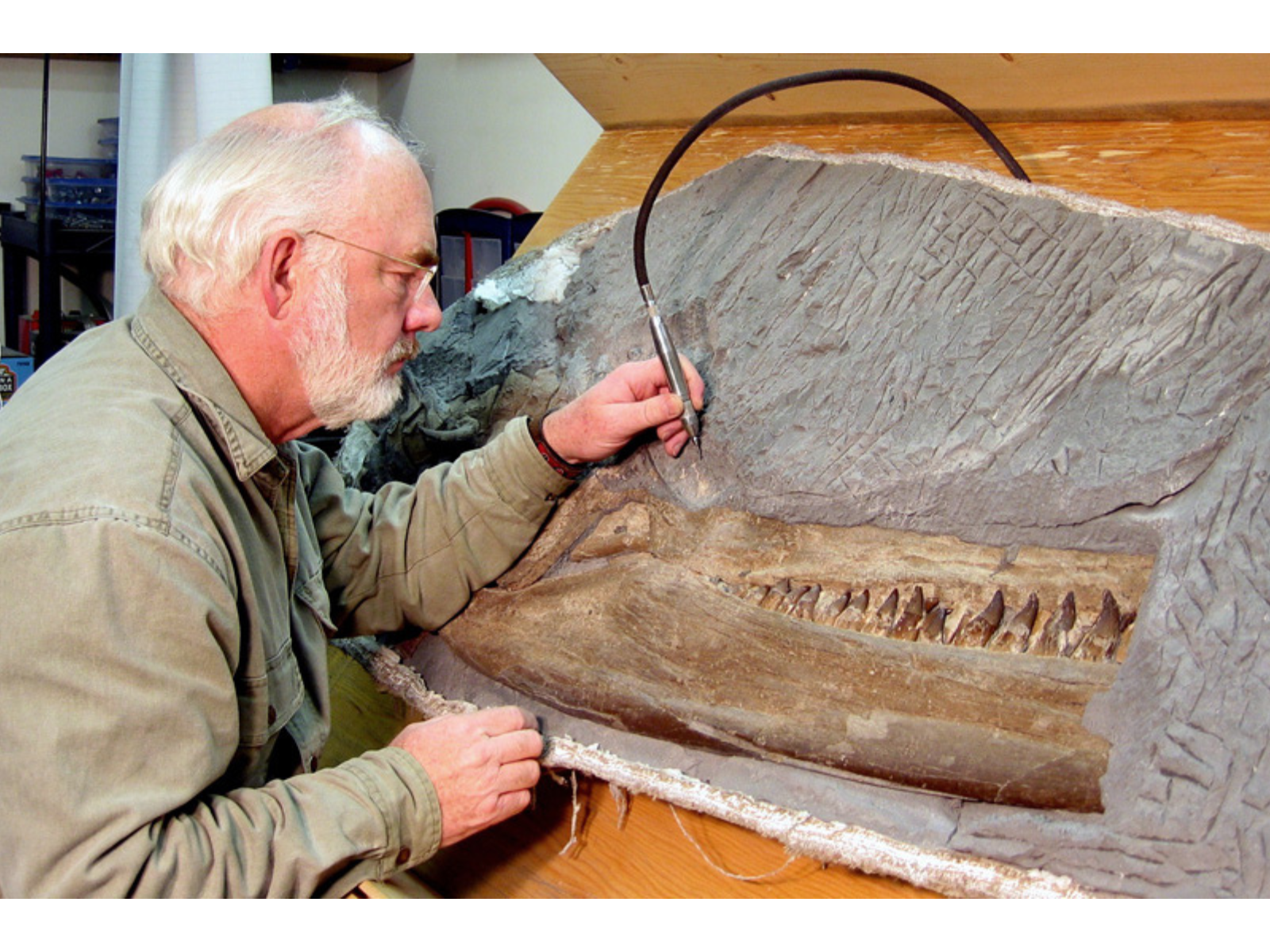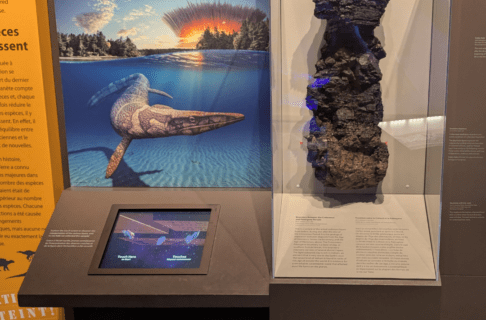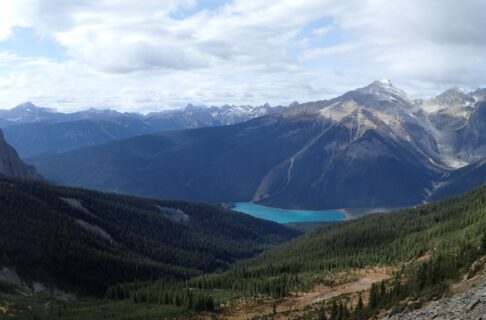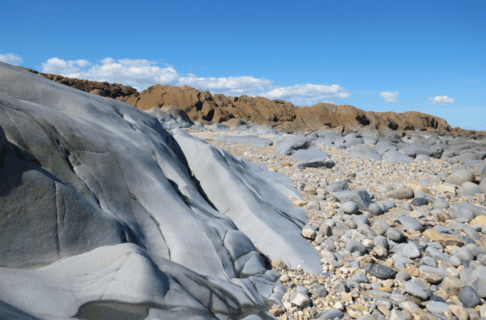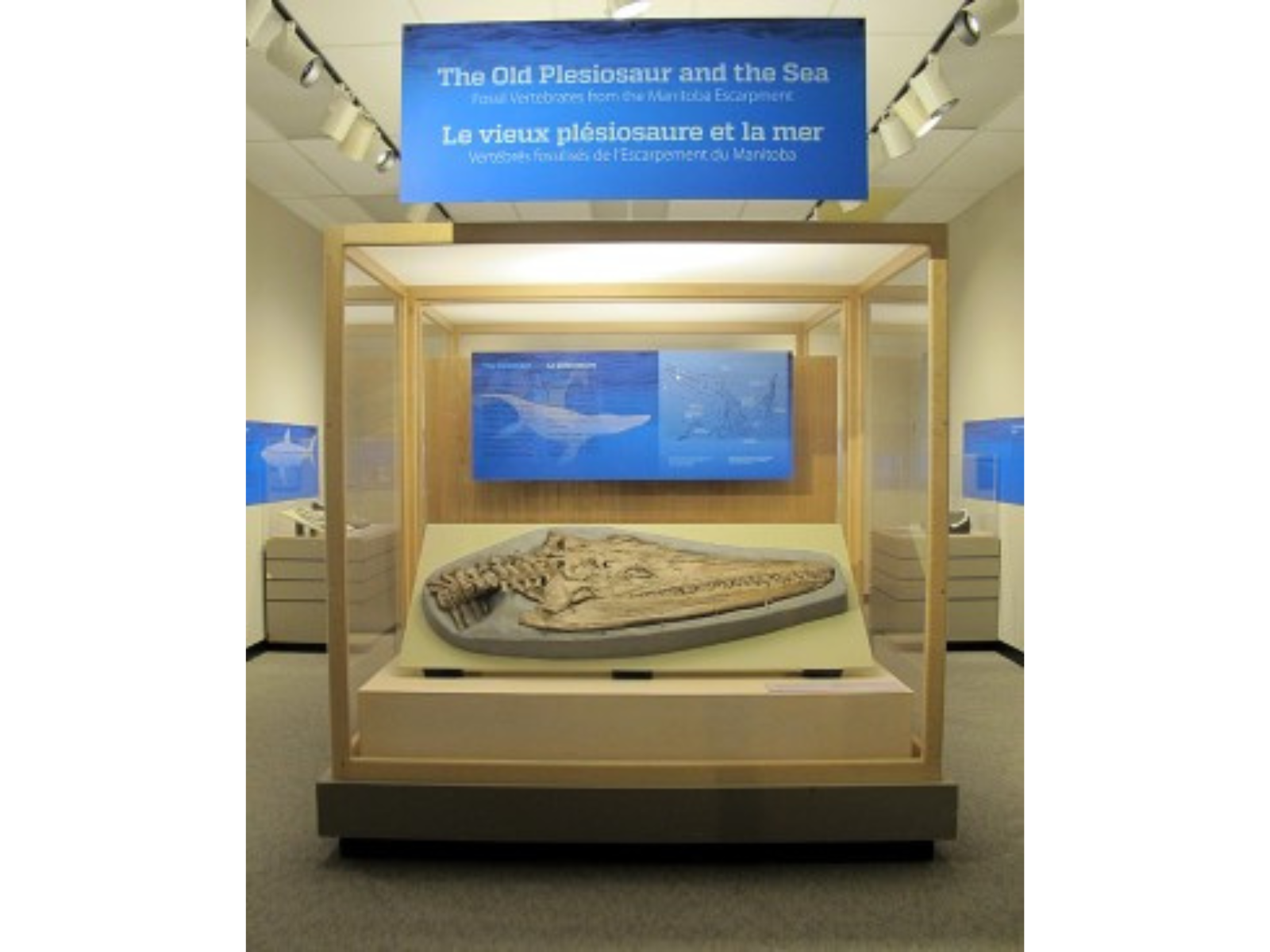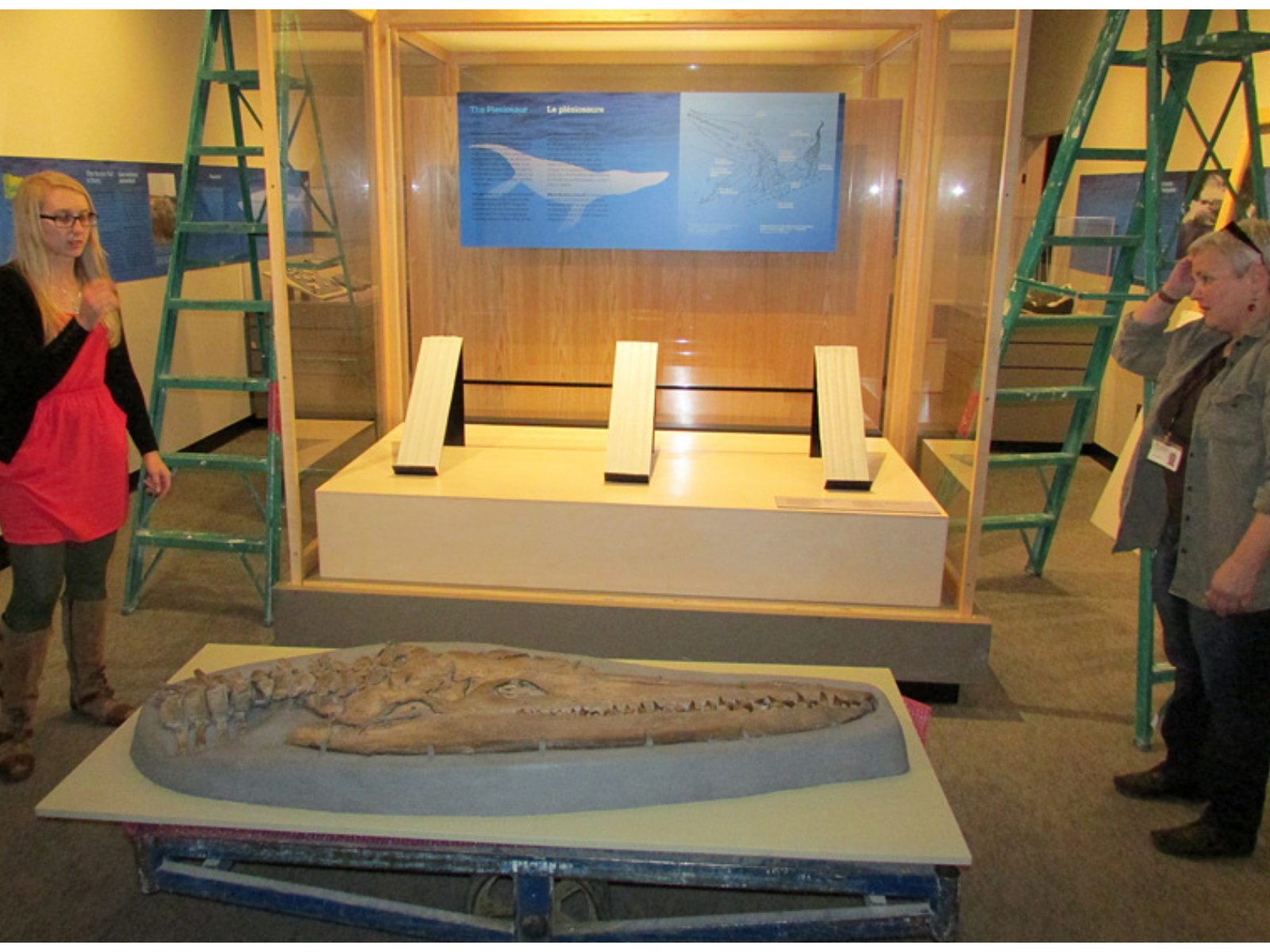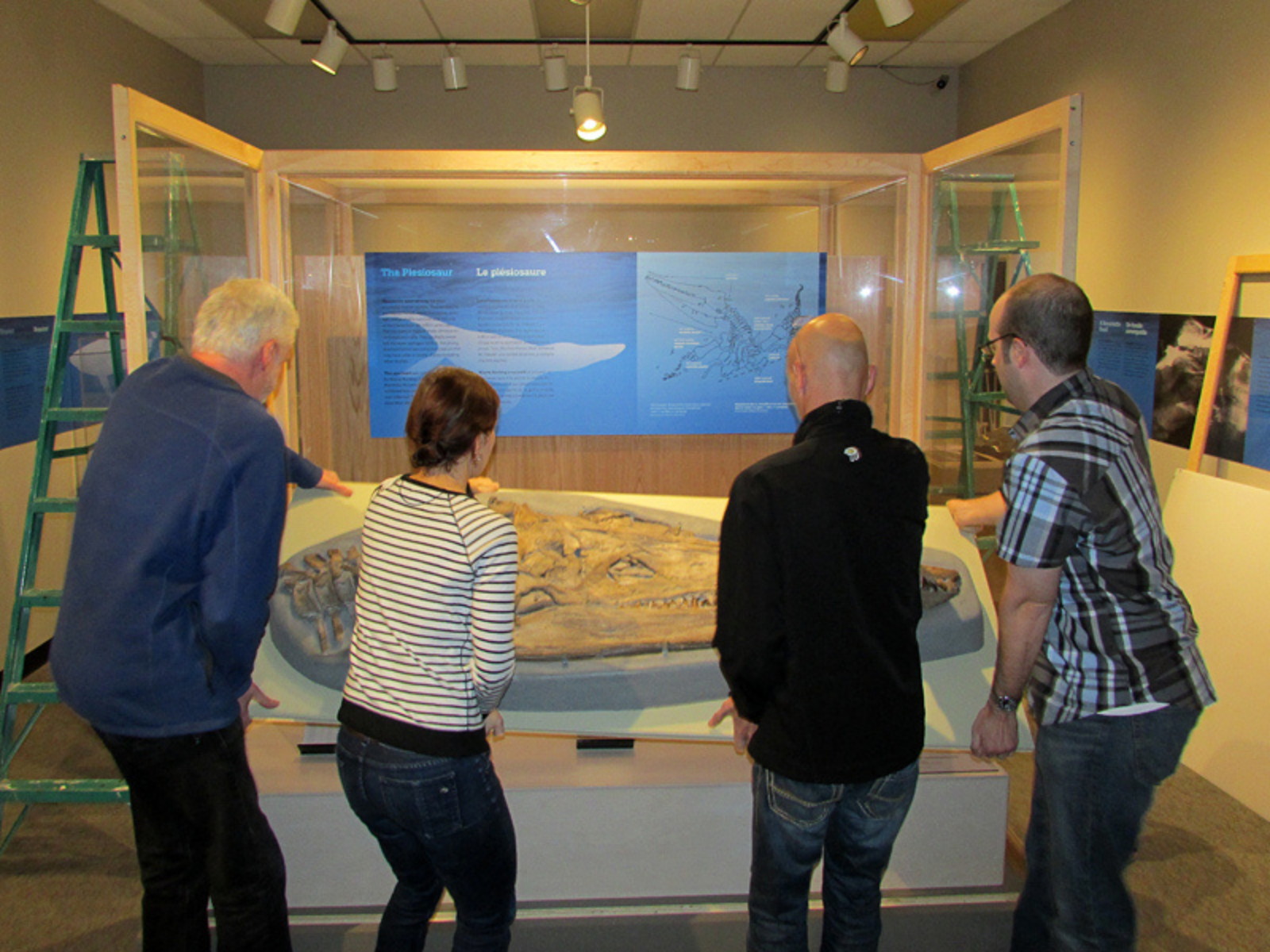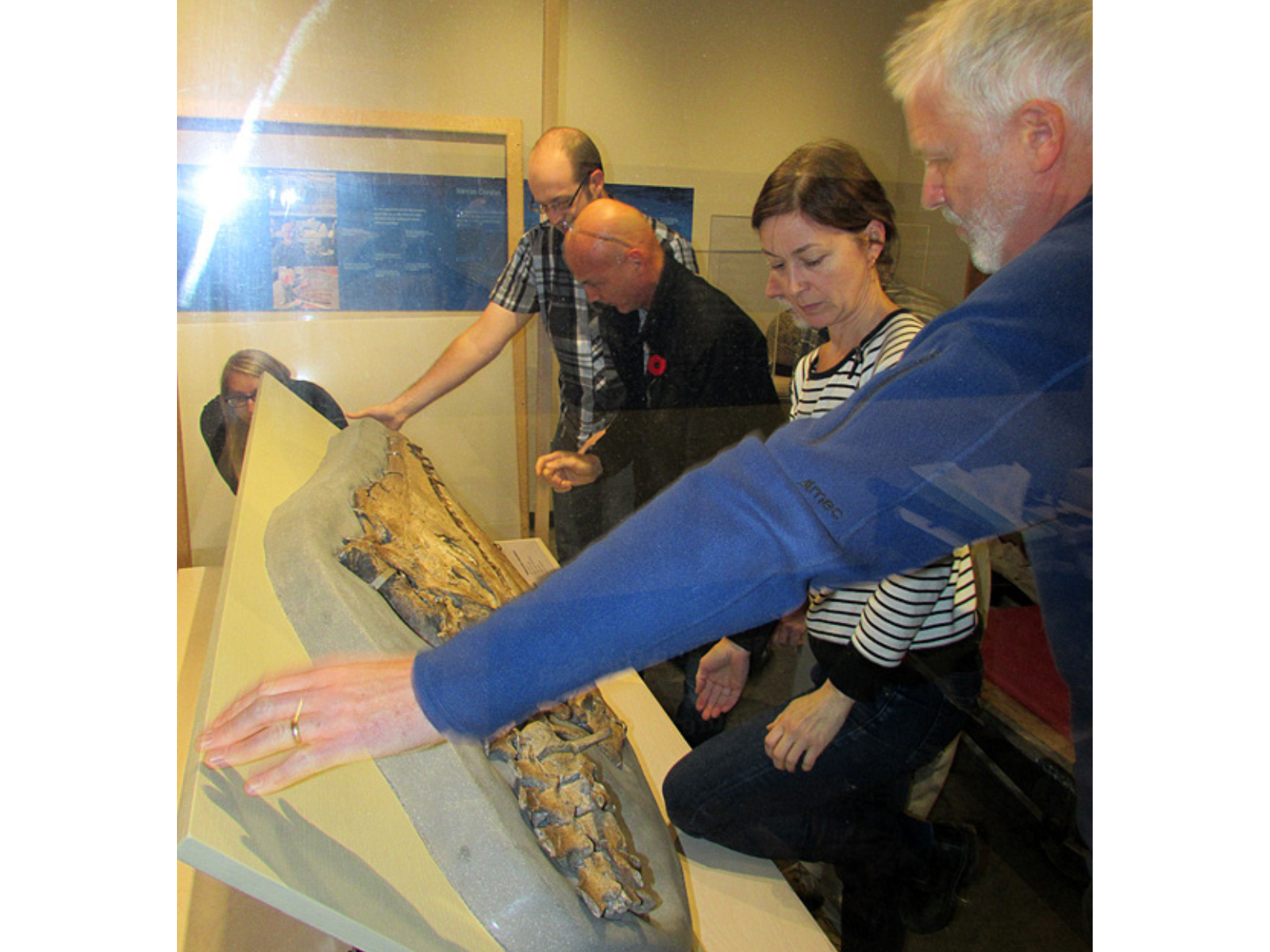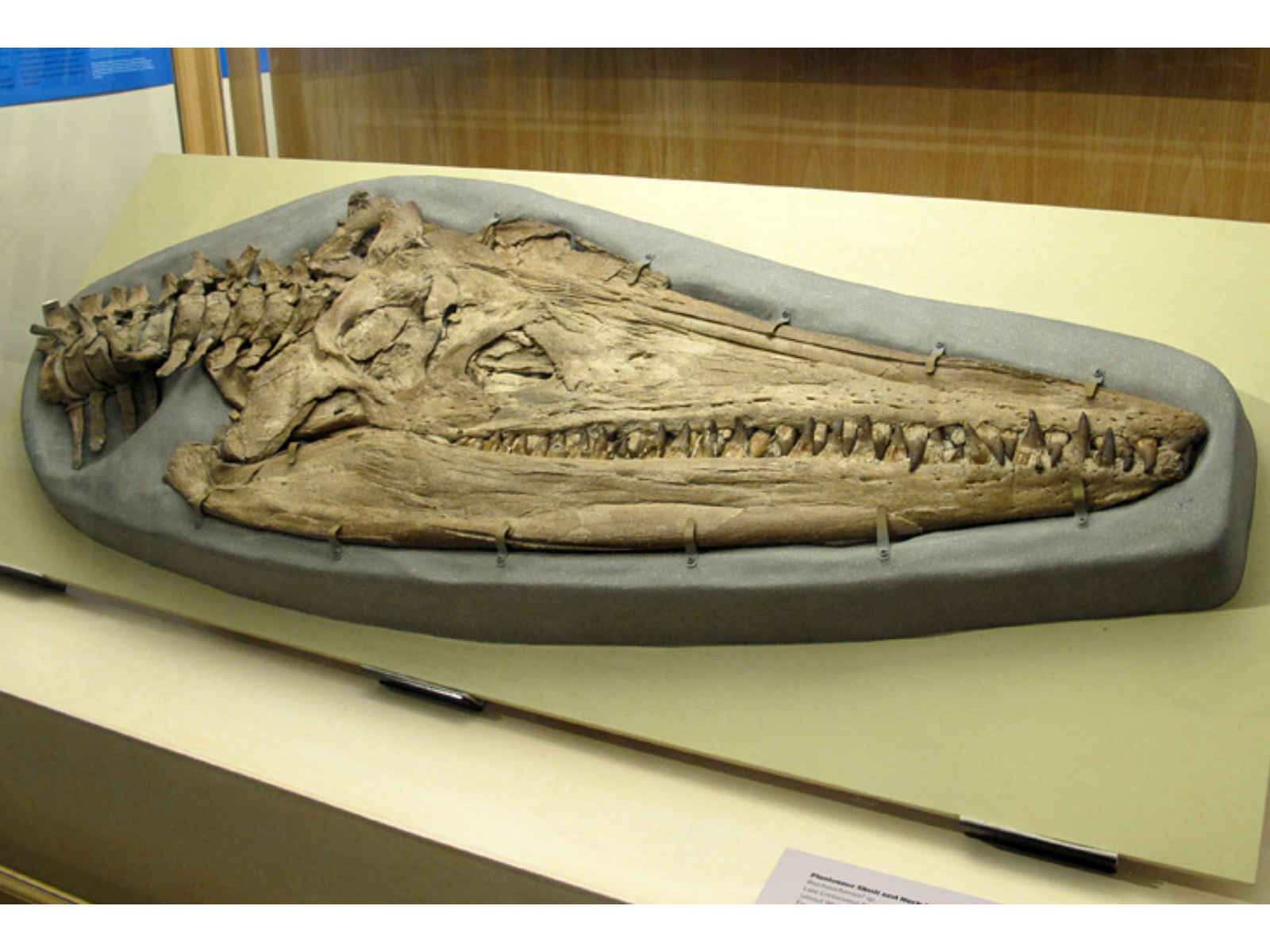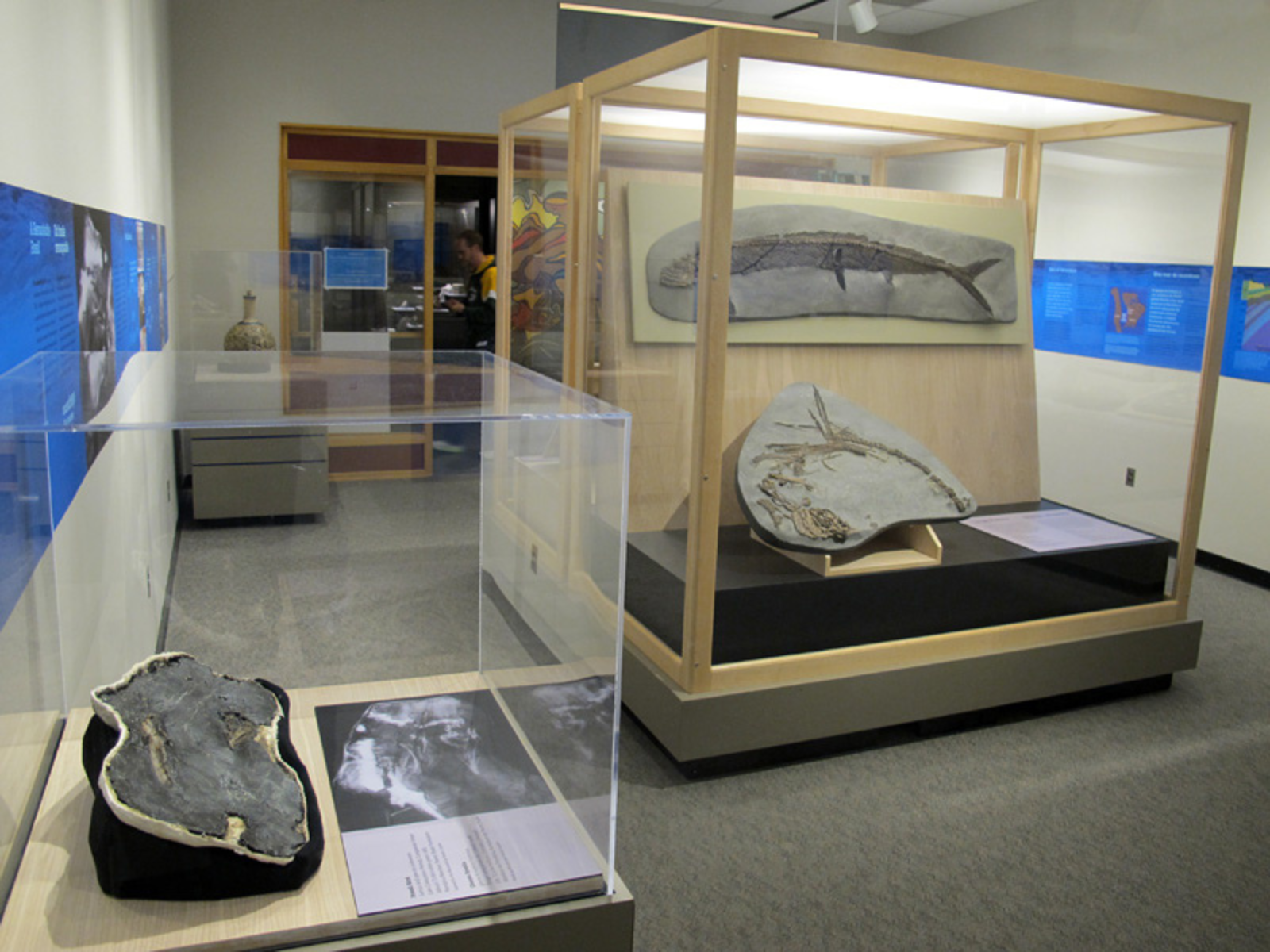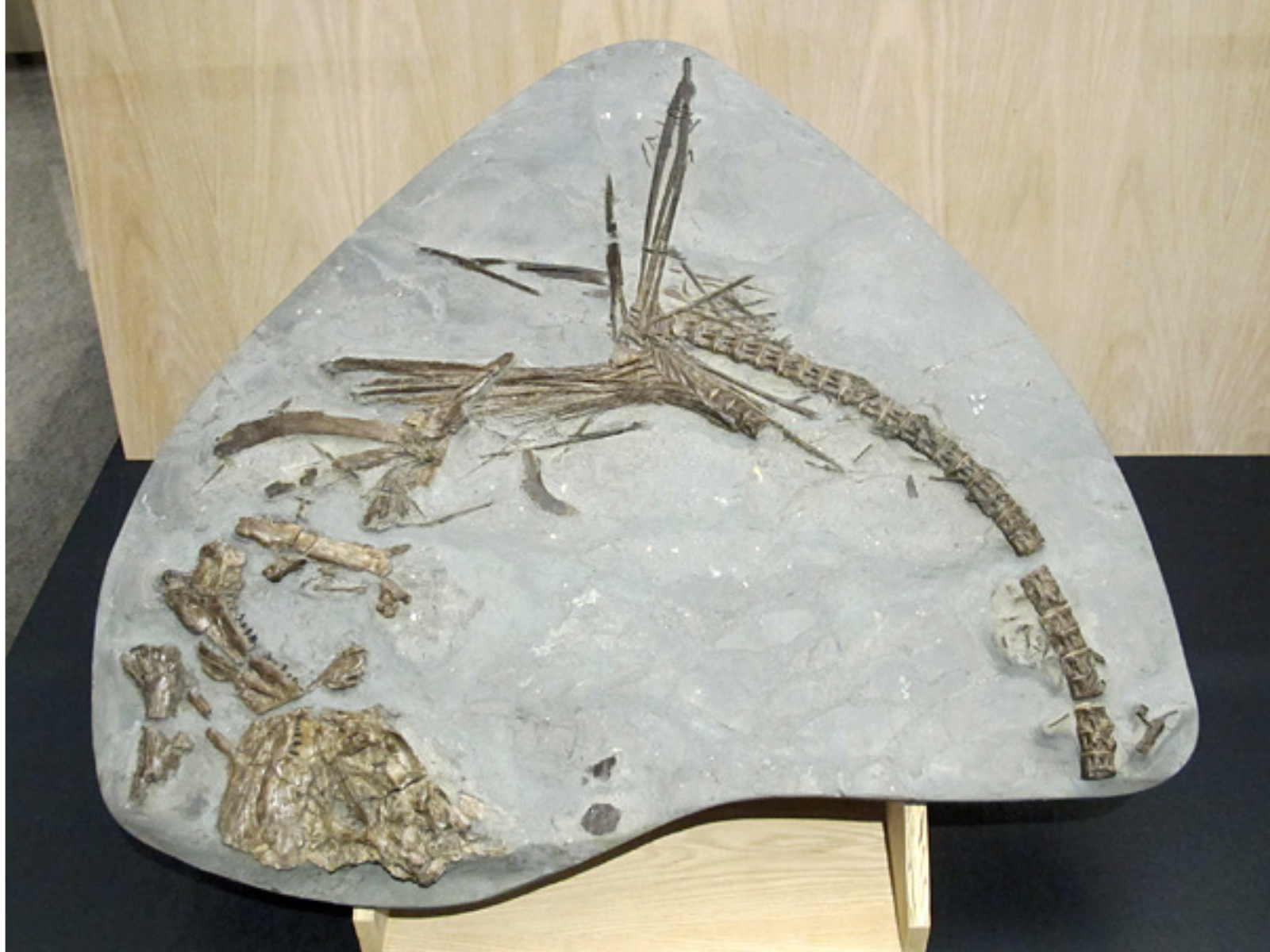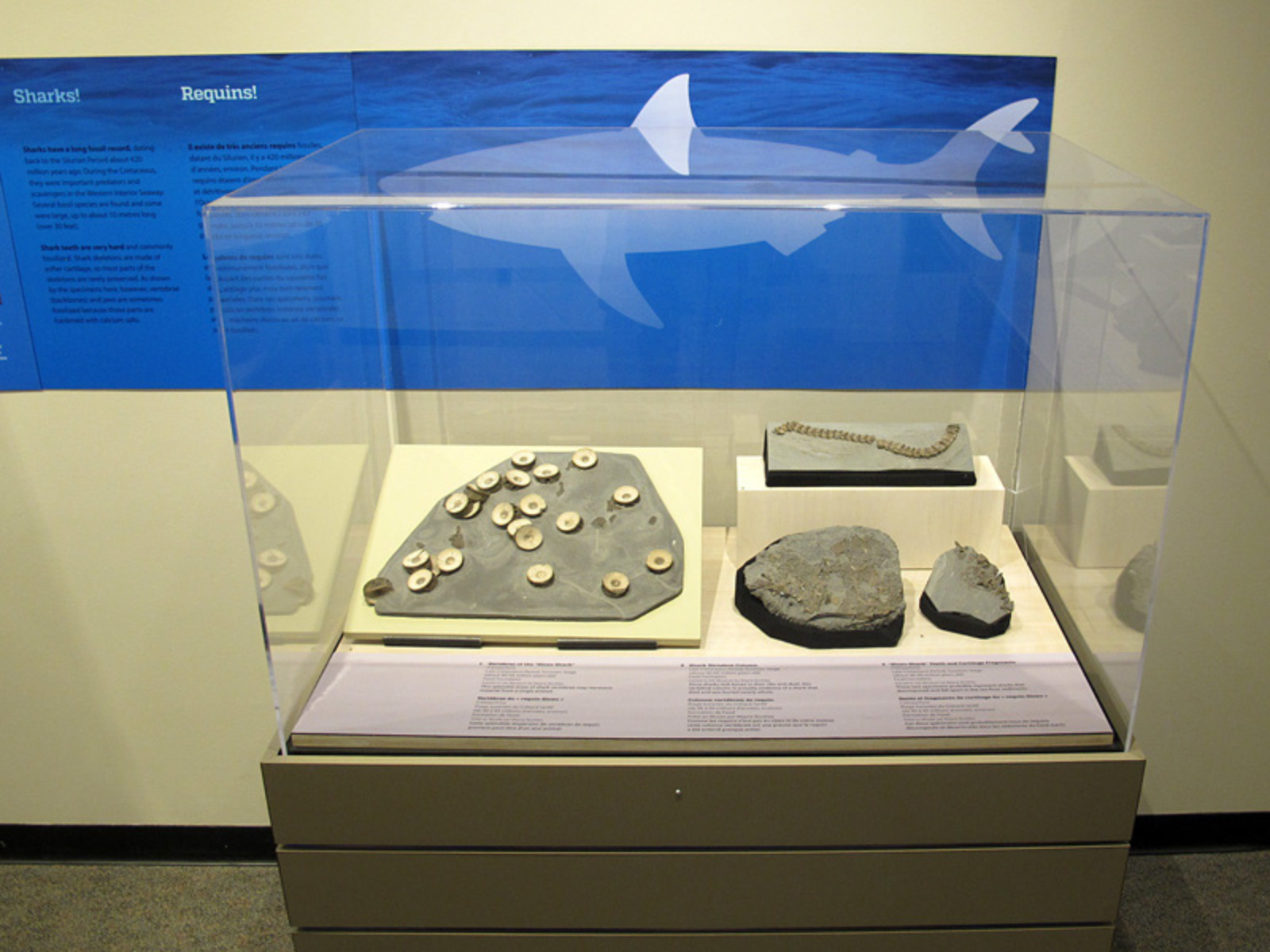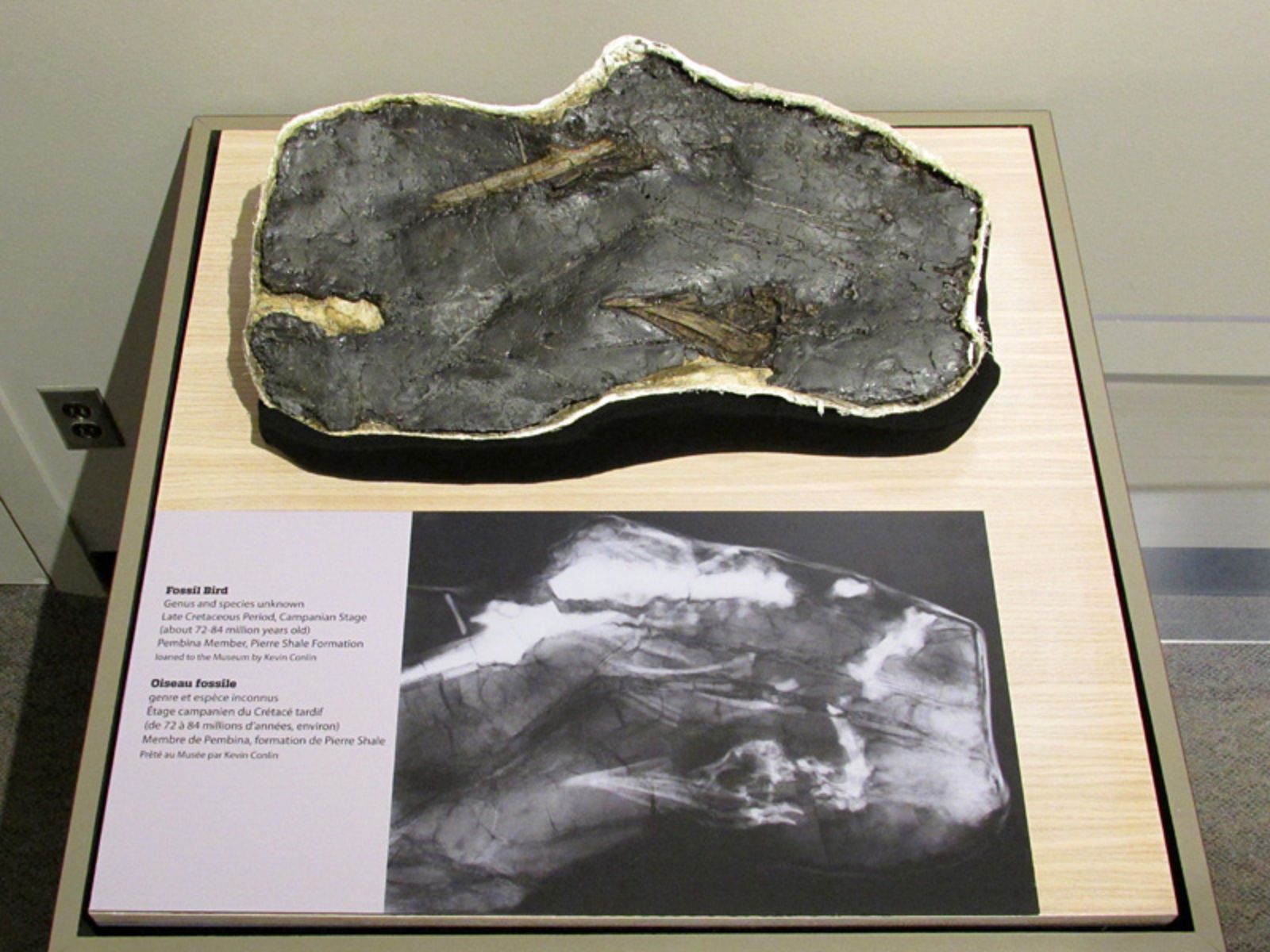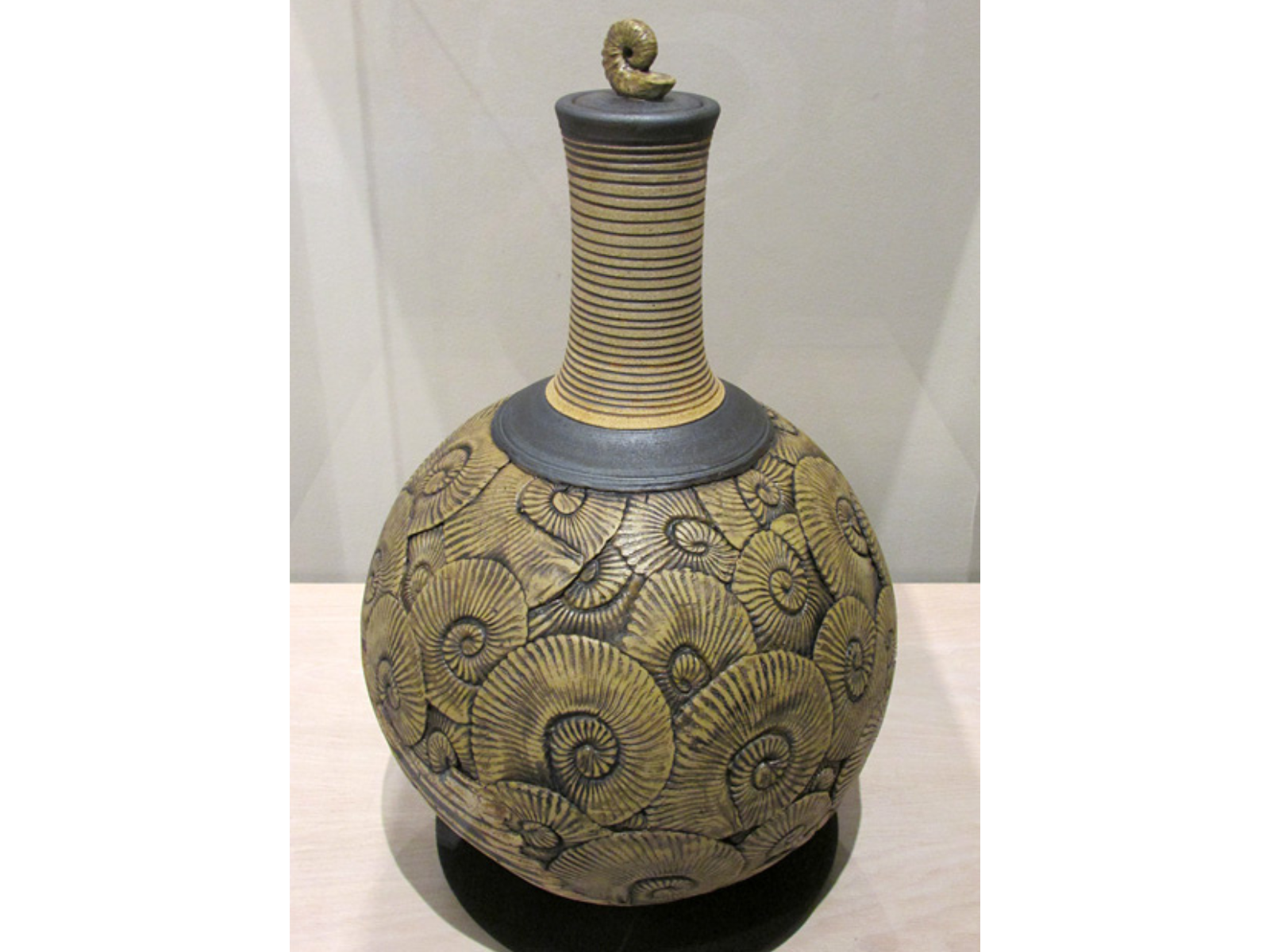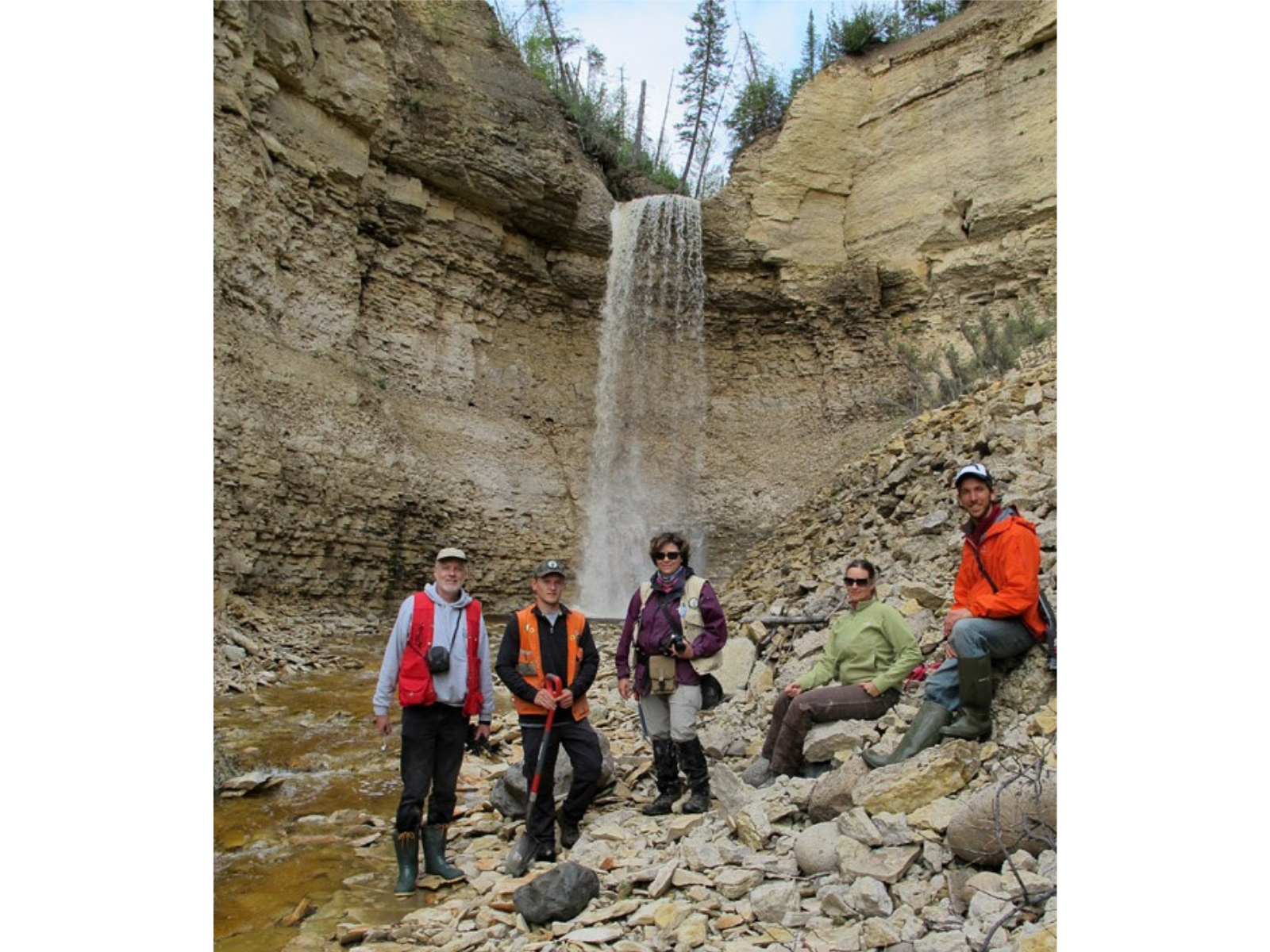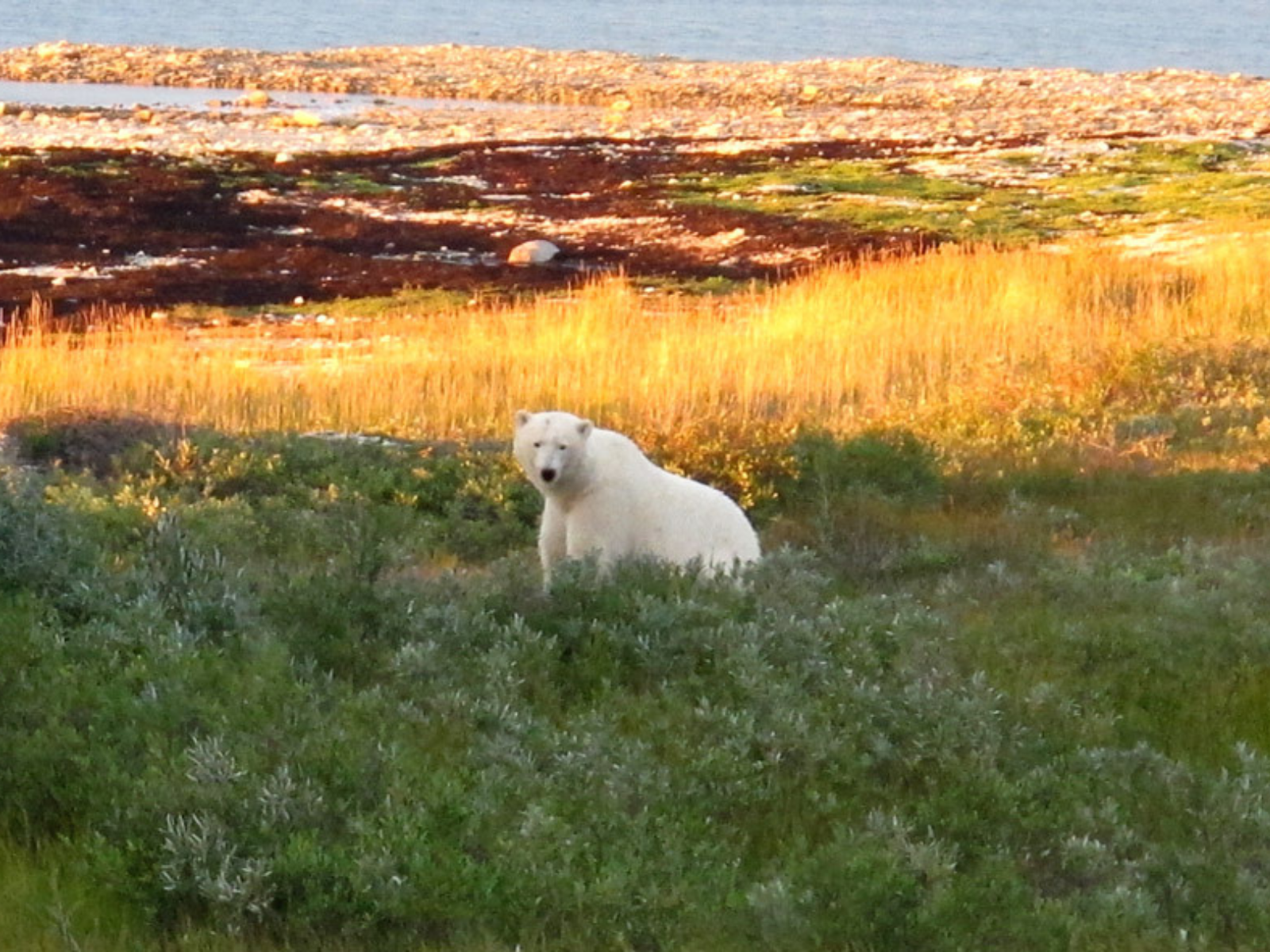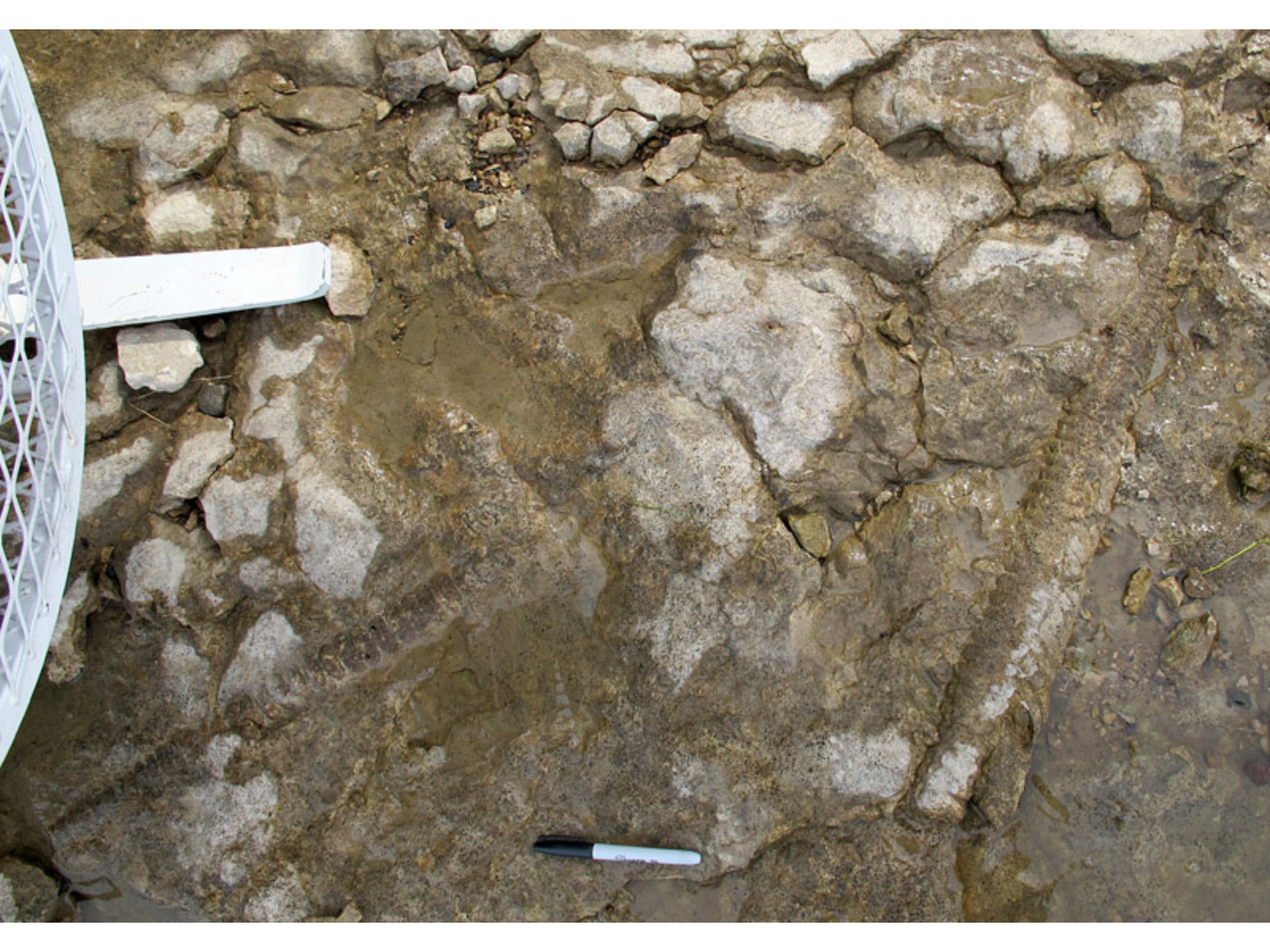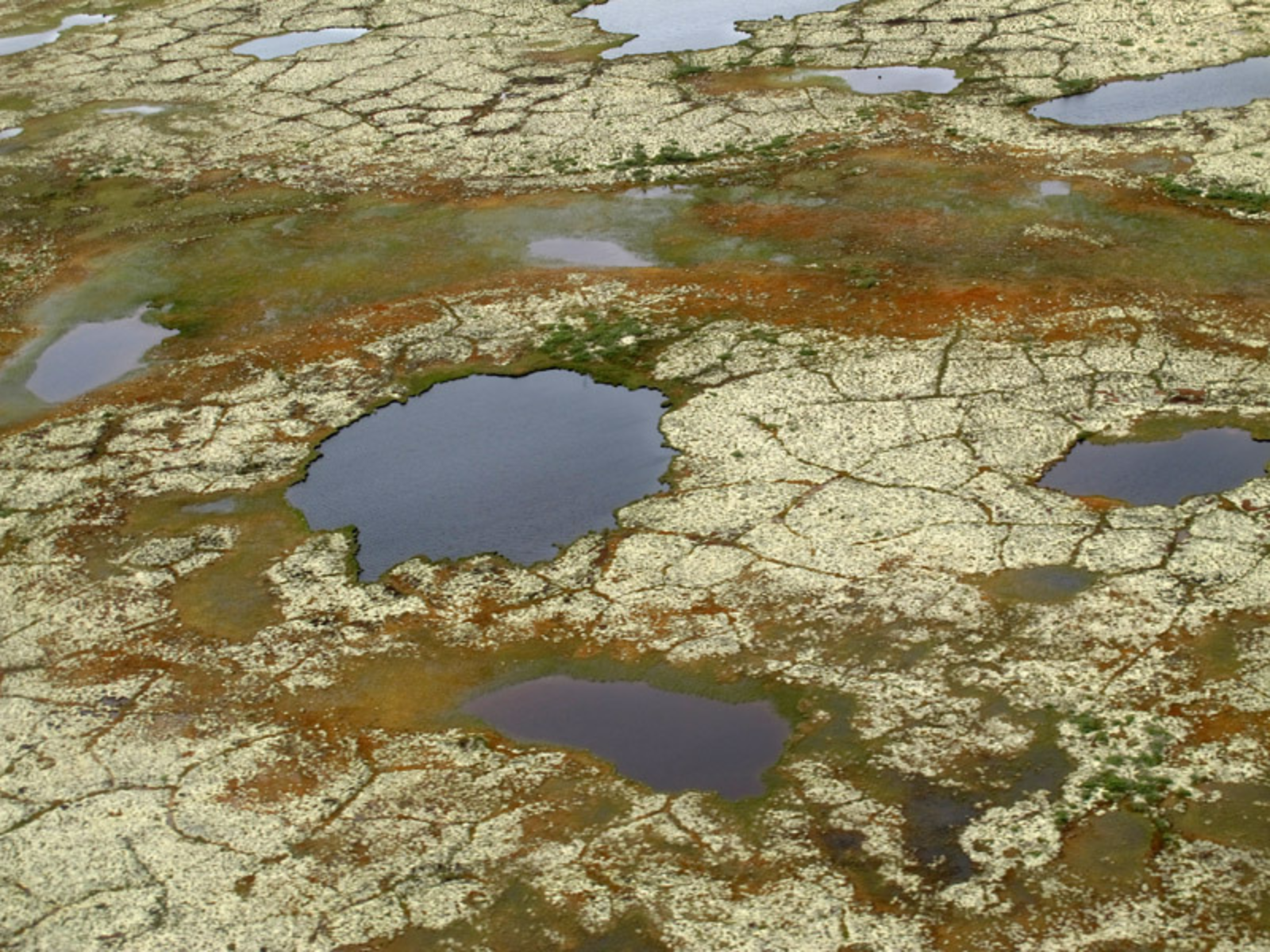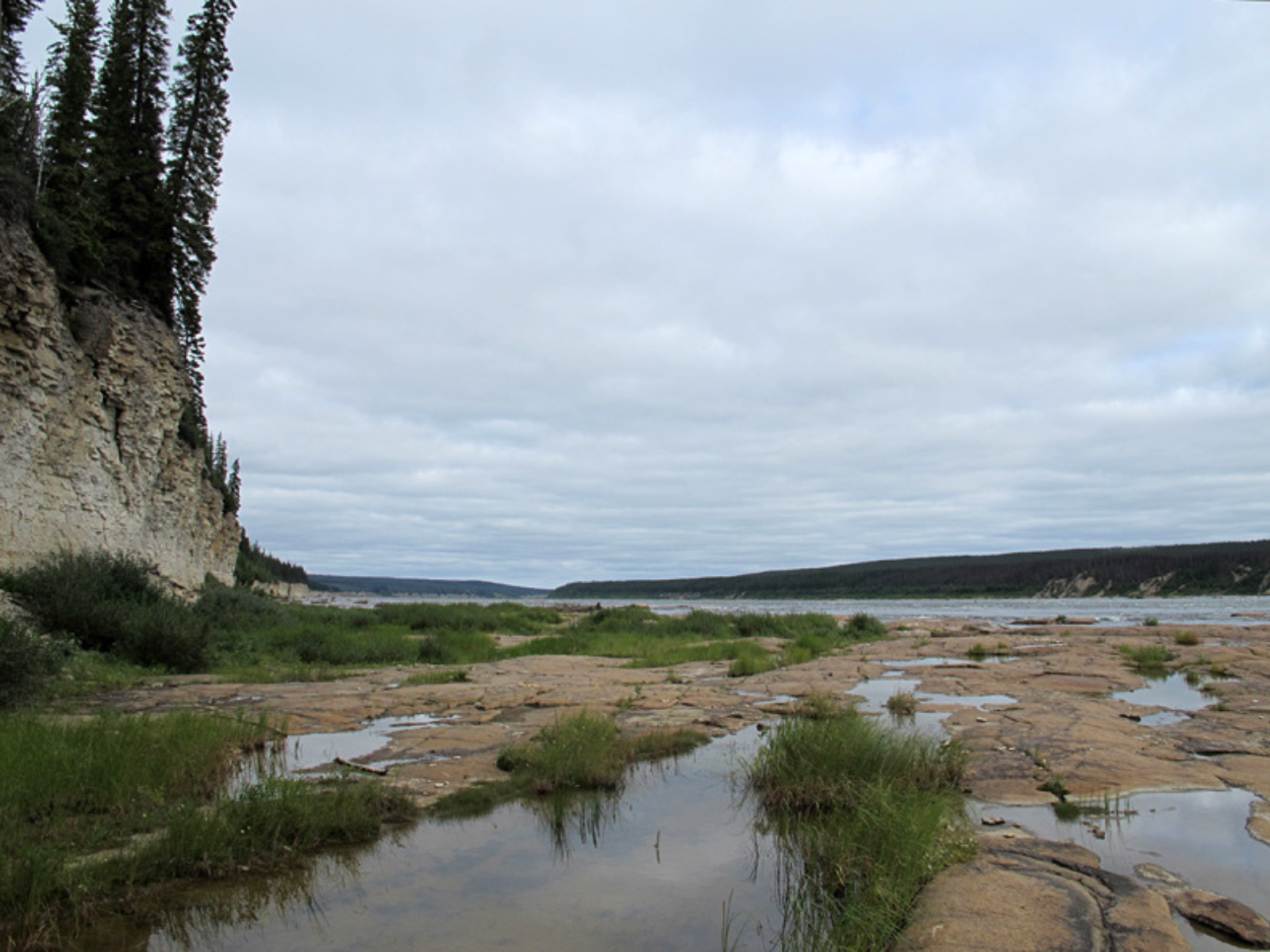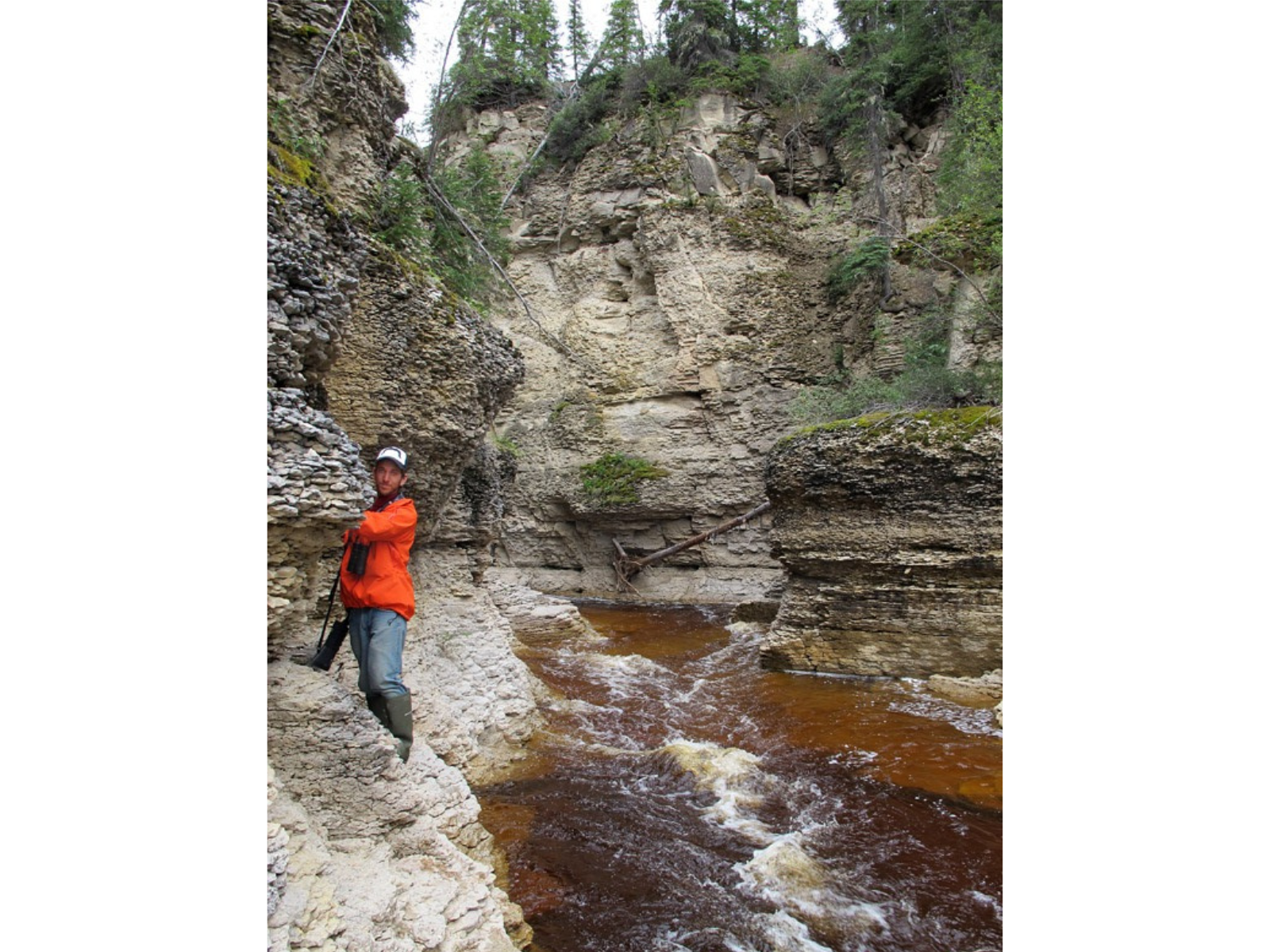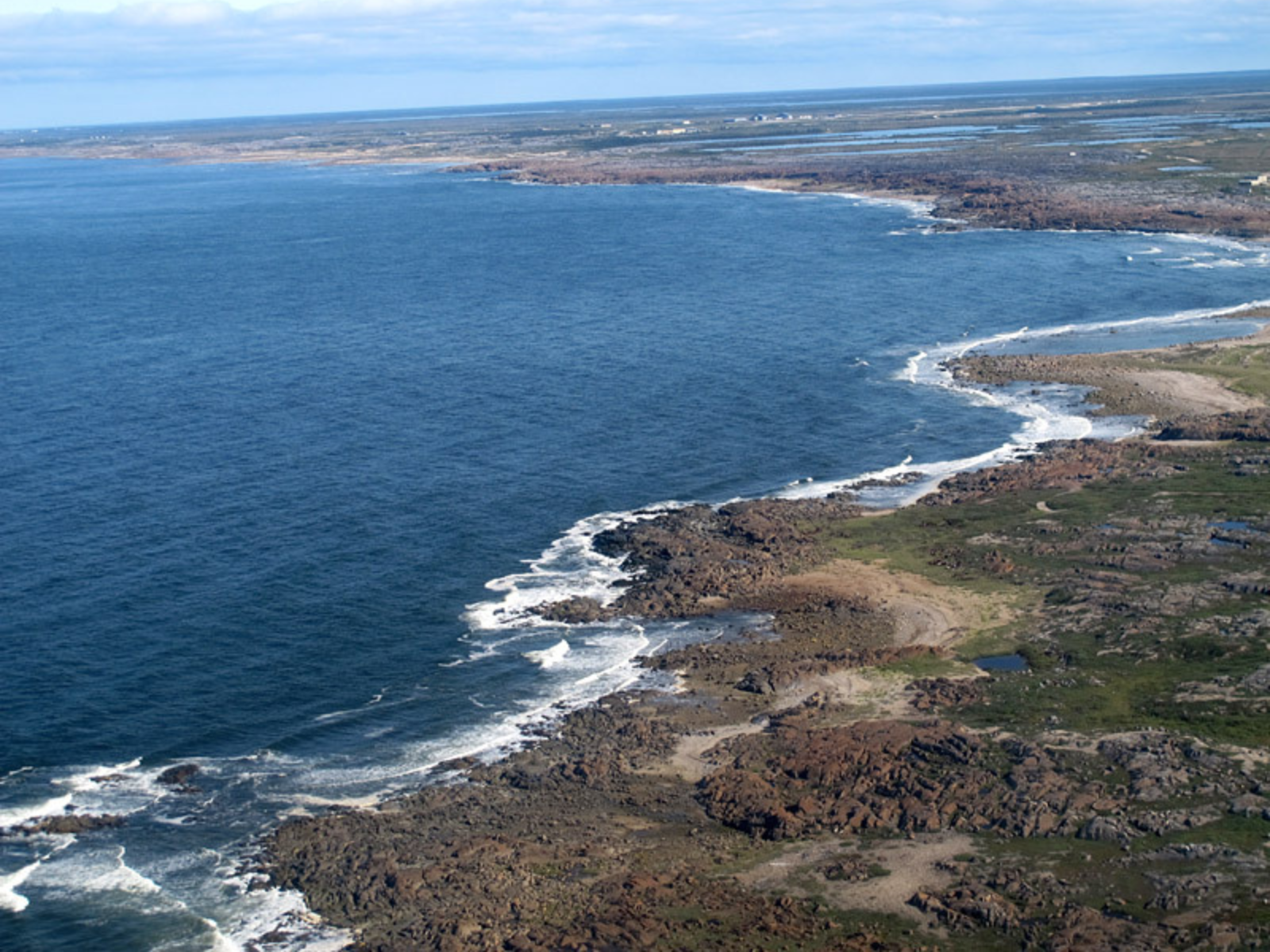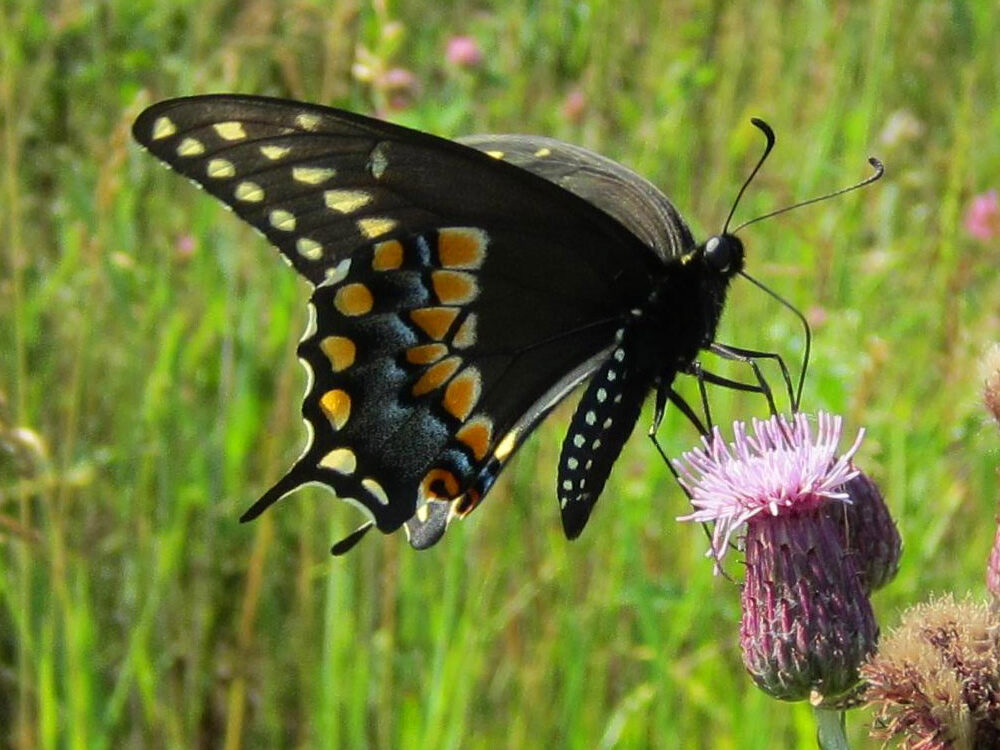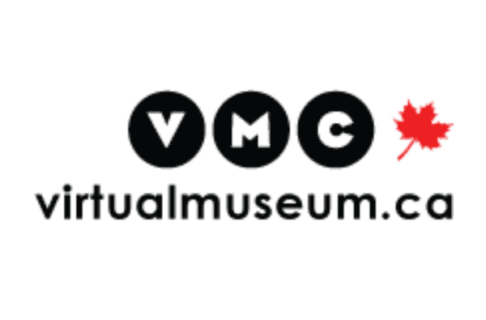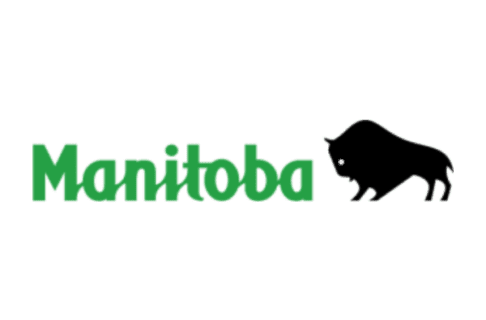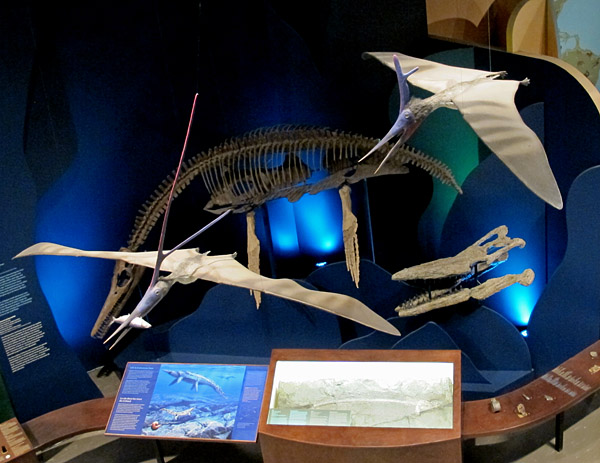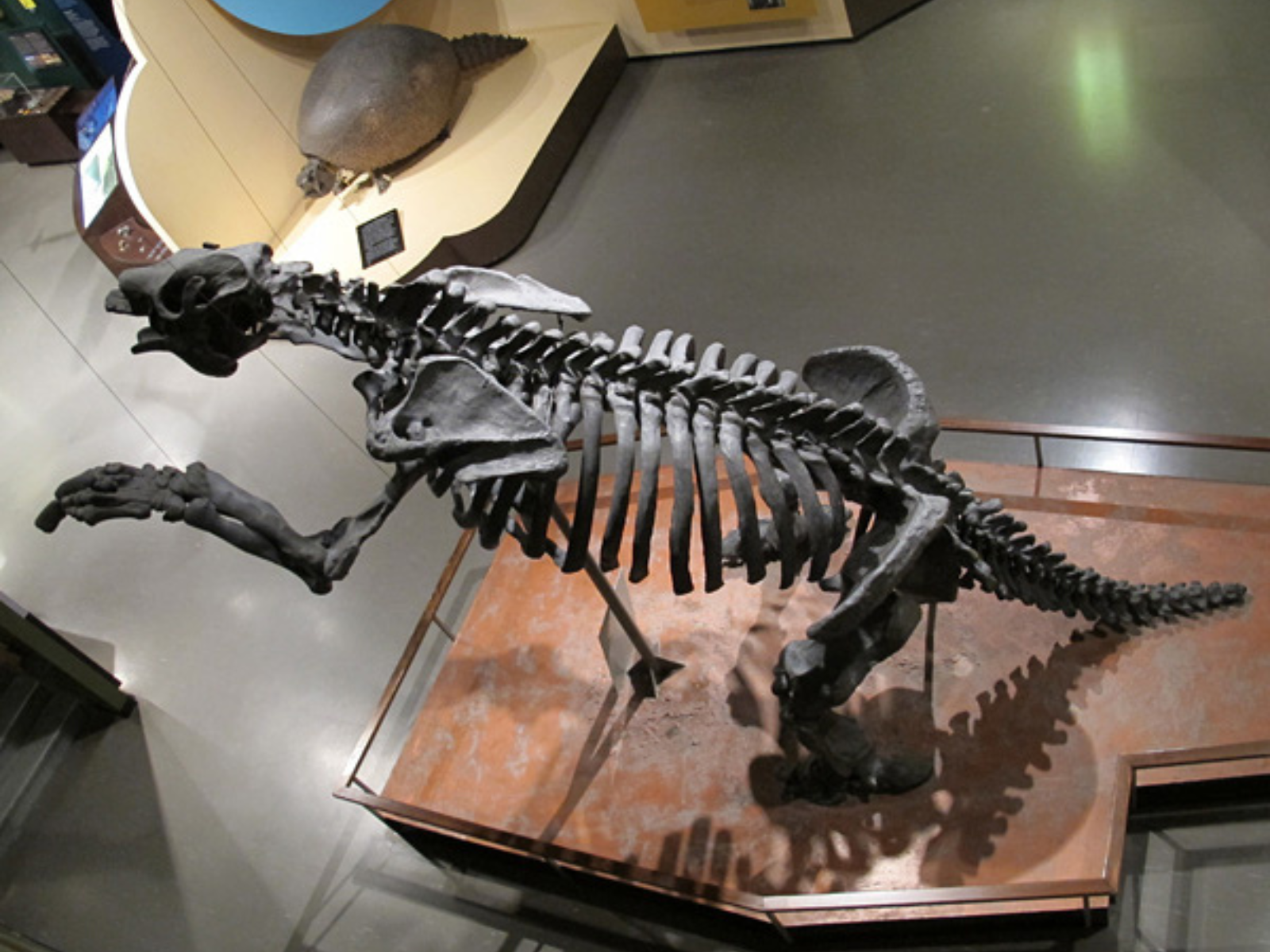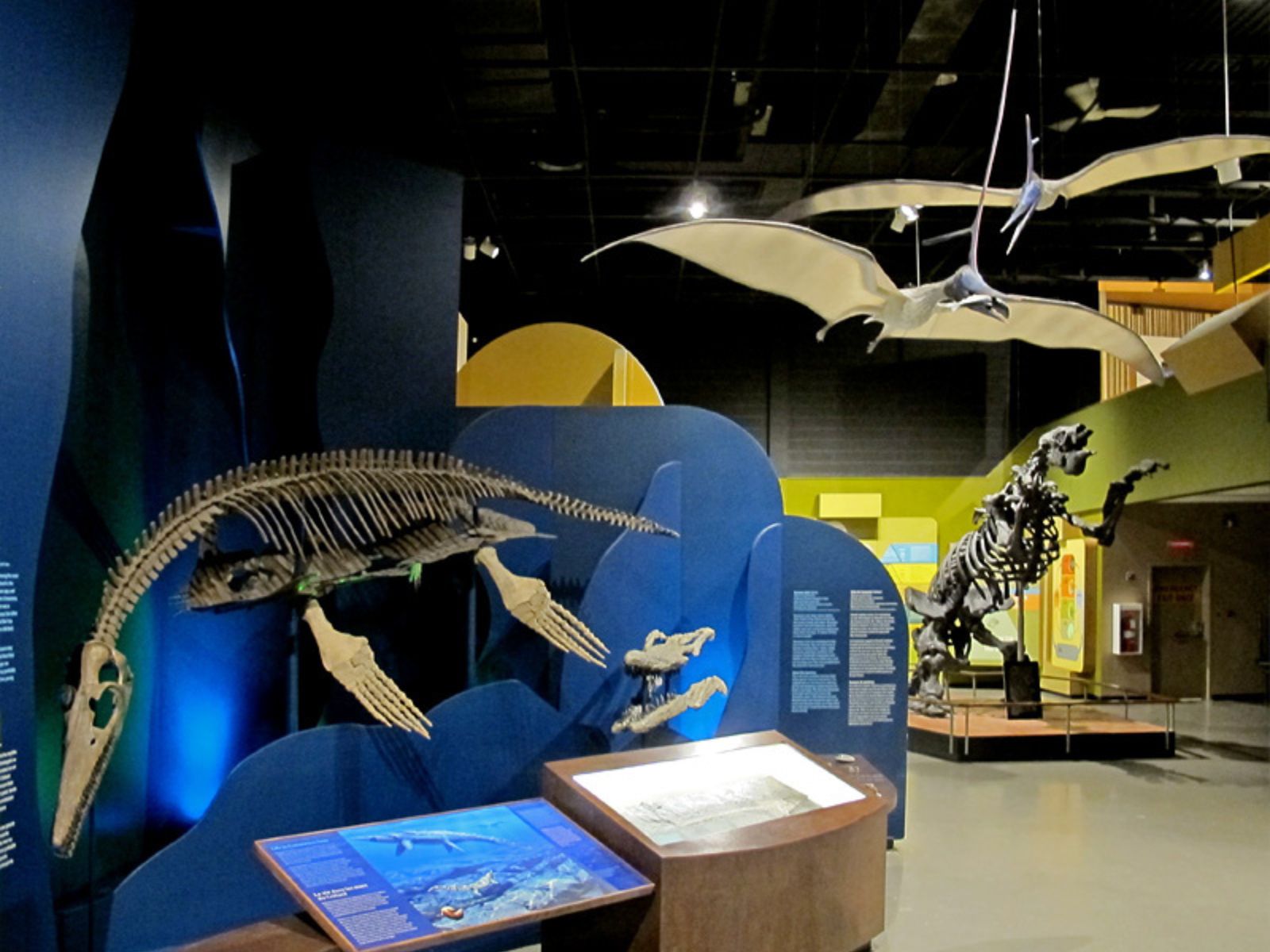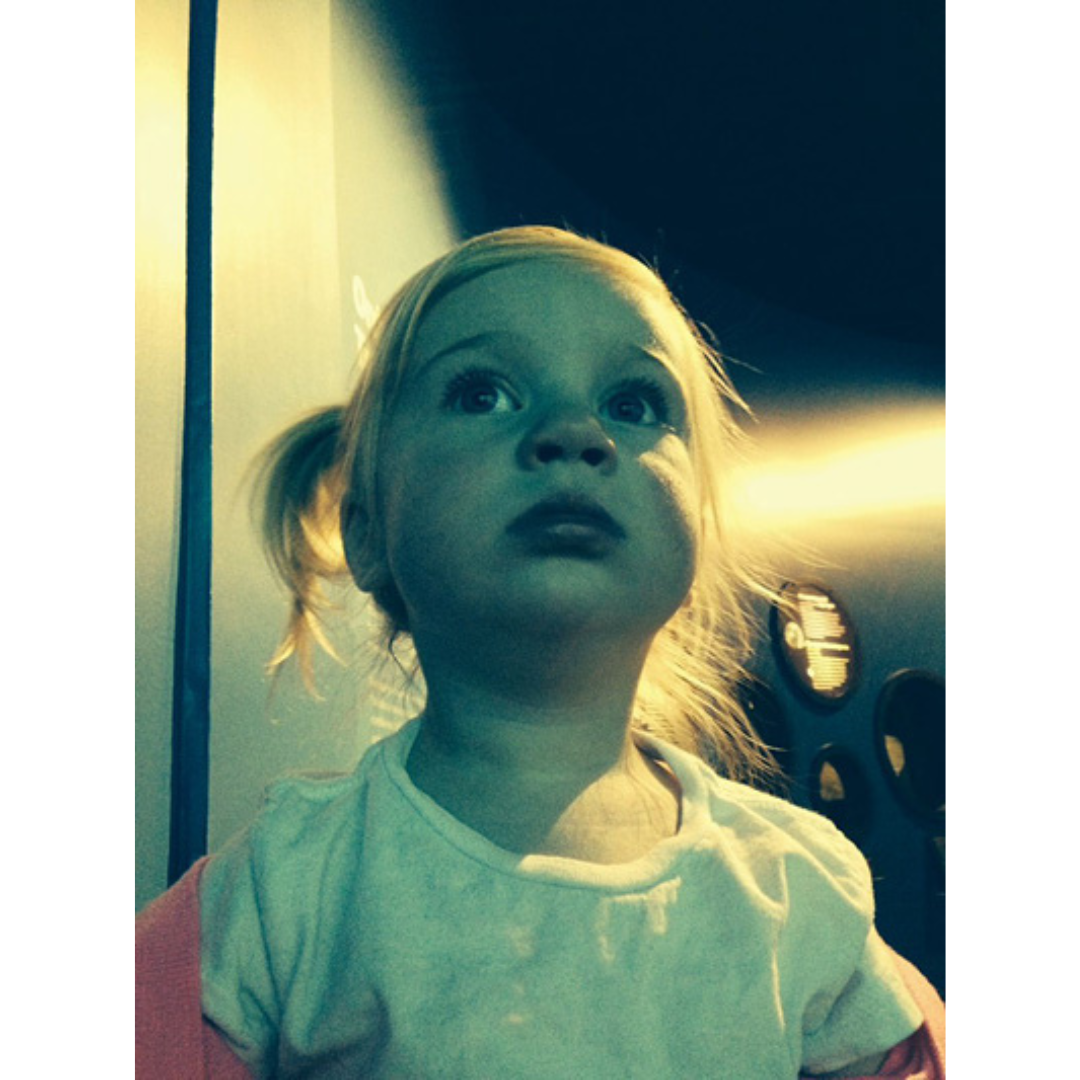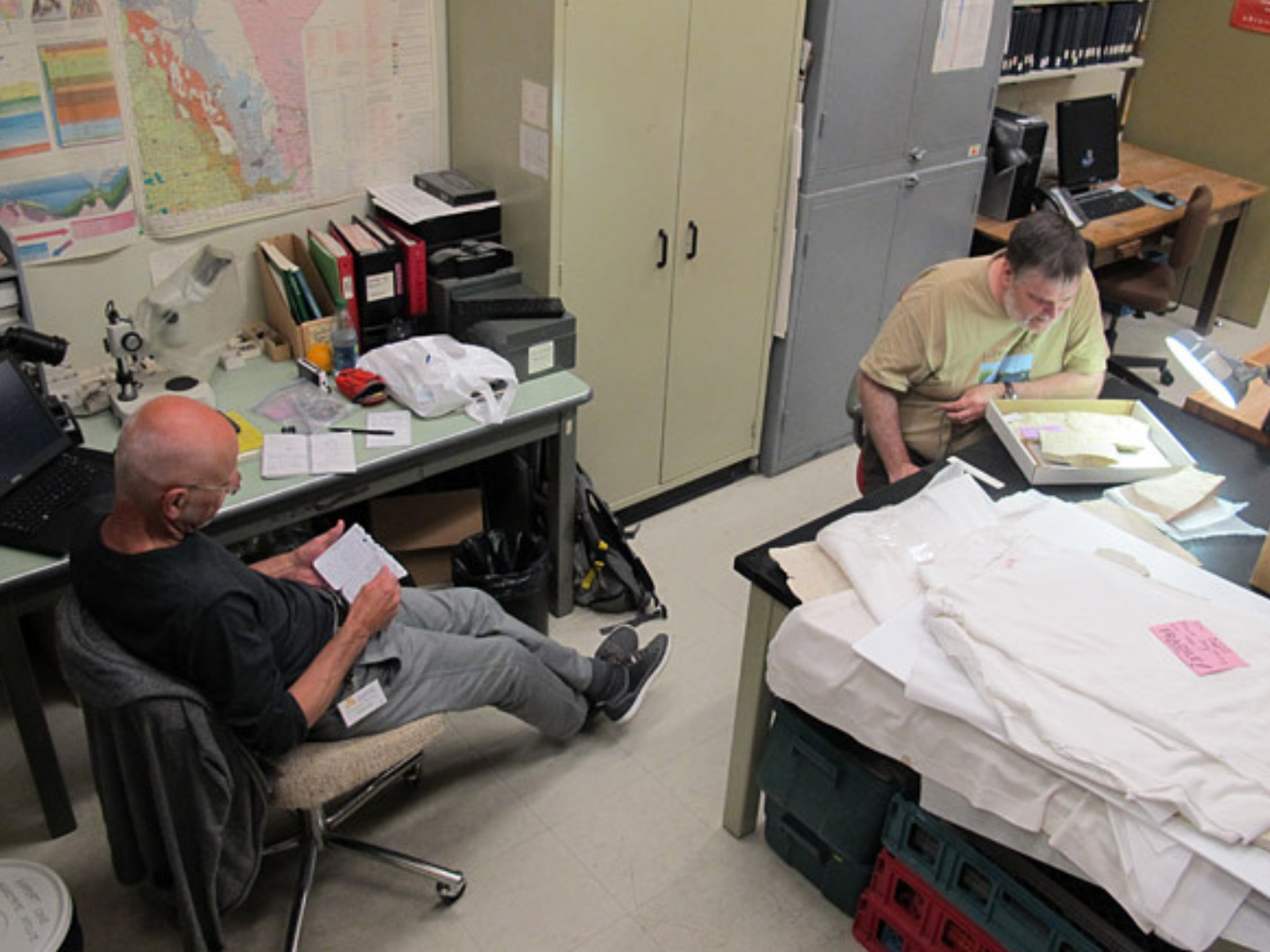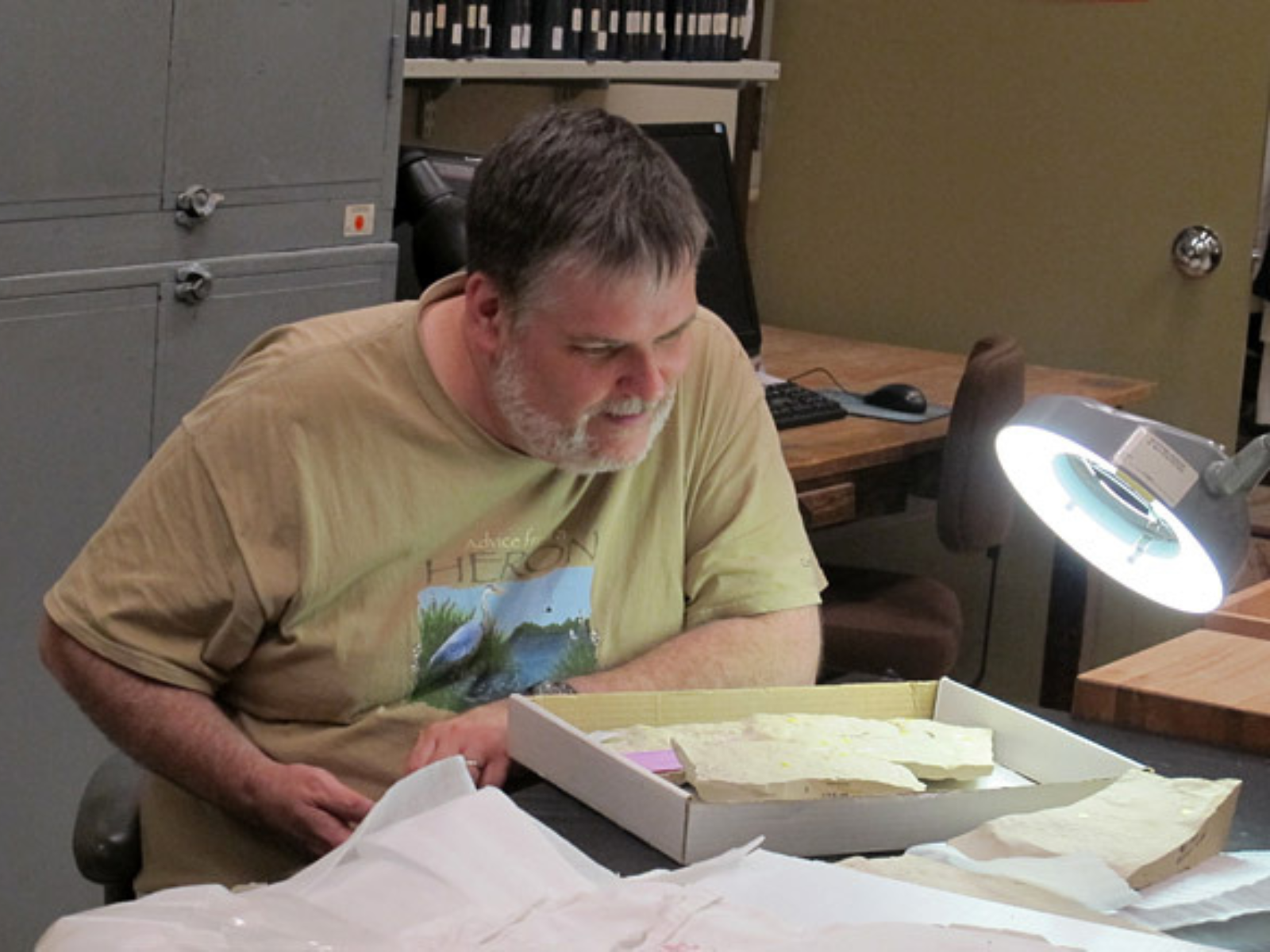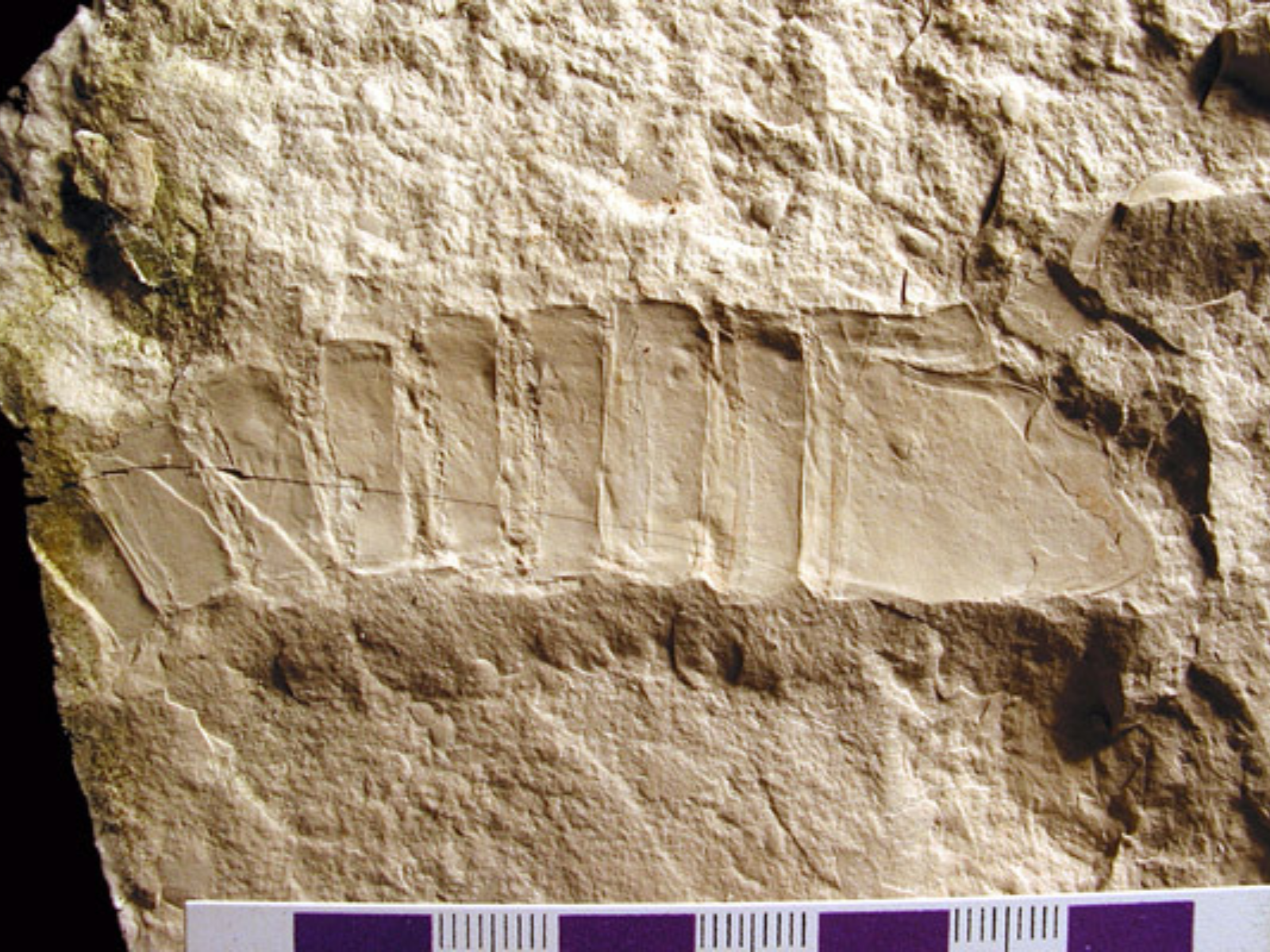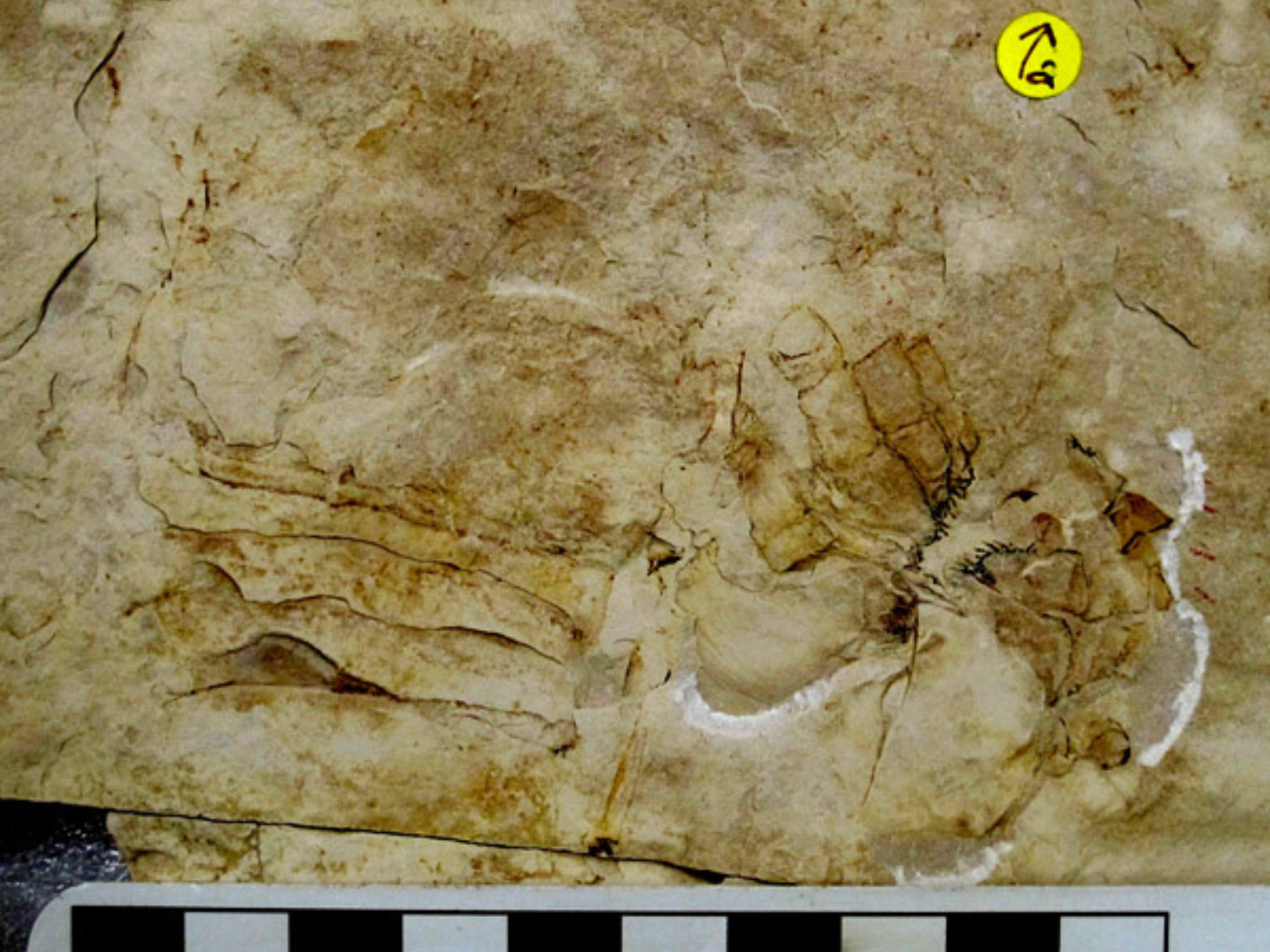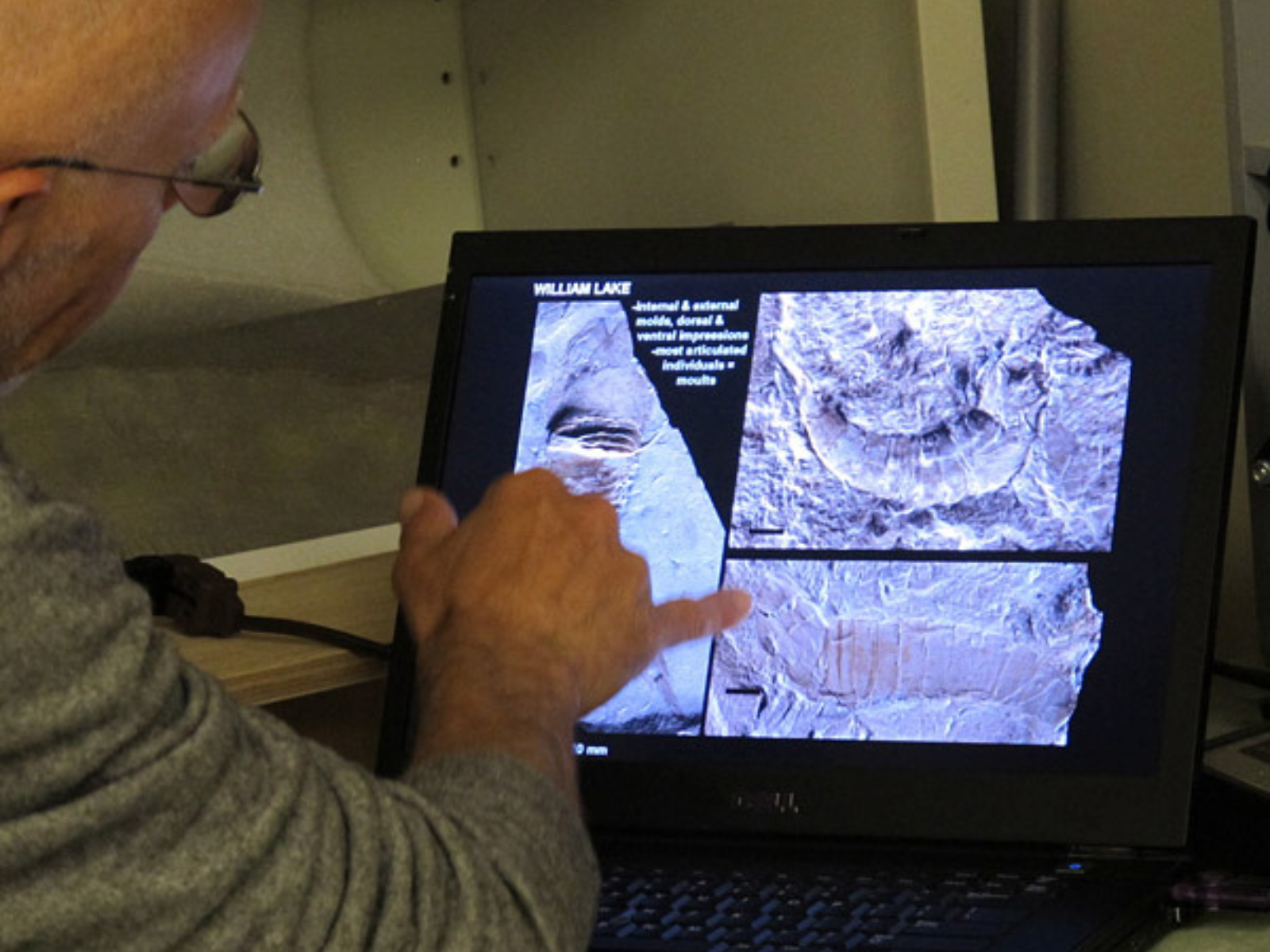Posted on: Thursday February 19, 2015
By Maureen Matthews, past Curator of Cultural Anthropology
Today is National Anthropology Day and as the Museum’s Anthropologist, I have been participating in a number of public events. Most recently I assisted with one of three winning designs in this year’s Warming Huts Competition, organized annually by the University of Manitoba, School of Architecture. This entry, Recycled Words, is the work of KANVA, a team of young architects in Montreal. These are the ski/chairs you see down on the Riverwalk, each painted a bright salmon pink with two words stenciled on each so that at rest the chairs can be used like fridge-magnet words to create little sentences. My contribution was the words on the chairs. Because we could use so few words and because the idea was to combine them to make little thoughts, I made up a list of words that do double duty as nouns and verbs, words like canoe, skate, ski, etc. We added place names, a few connecting words and some French words as well.
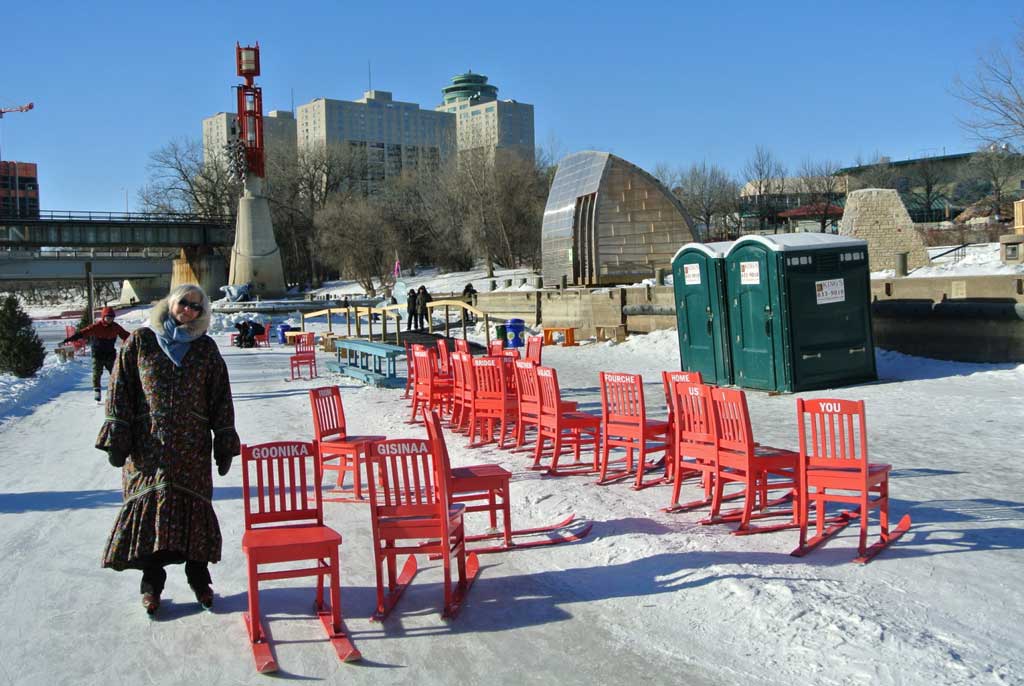
Because I work with Anishinaabe people to emphasize the importance of the Anishinaabe language, I made sure, in addition to words like Métis, Cree and Ojibwe, that we included Anishinaabe words. Anishinaabe was beyond the letter limit for the chairs as were a great many other appropriate Anishinaabe words but there are two: Gisinaa (It is very cold) and Goonika (There is a lot of snow). The Ojibwe words were very efficient for this purpose. Because of the structure of the language, one word contains the elements of an entire sentence in English, so one chair is a sentence all by itself. The chairs project thus takes advantage of the “talents” of both language families. In French and English you could say that the kind of sentences which can be constructed are endless– in Anishinaabemowin there is no end to the words that can be created – each word as the famous linguist Edward Sapier used to say, a “tiny imagist poem.”
This week I have had visitors here from Arviat and when I told them about my Anishinaabe contribution to the chairs, they laughed because one of the words sounds like Inuktitut for “someone is kissing someone” – appropriate I suppose since it was Valentine’s Day.
Links:
American Anthropological Association contacts
http://bit.ly/NationalAnthropologyDay
Social Hashtag: #nationalanthropologyday
Tag AAA on Twitter (@AmericanAnthro) and
Facebook (American Anthropological Association) and we’ll share your posts.
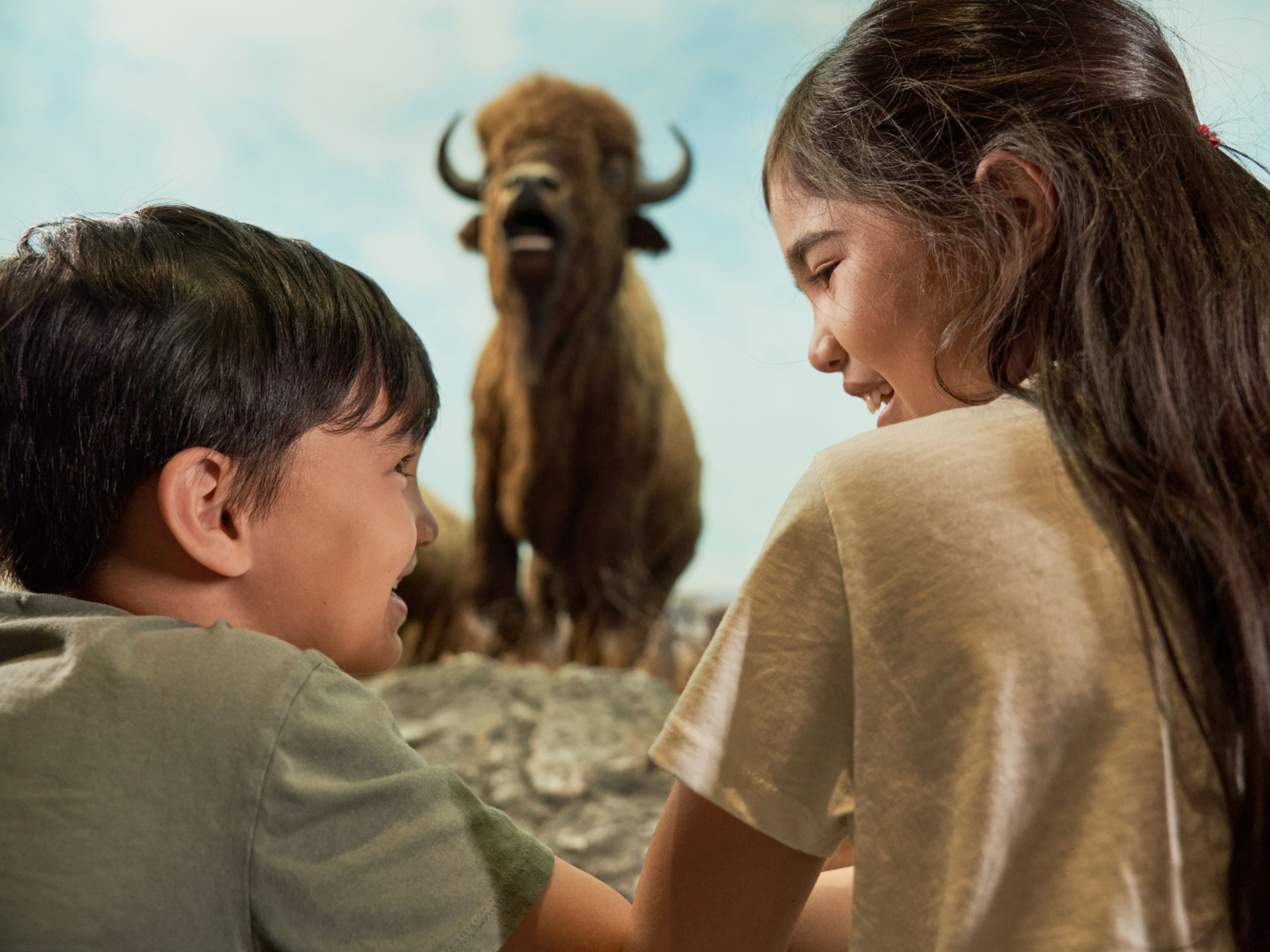

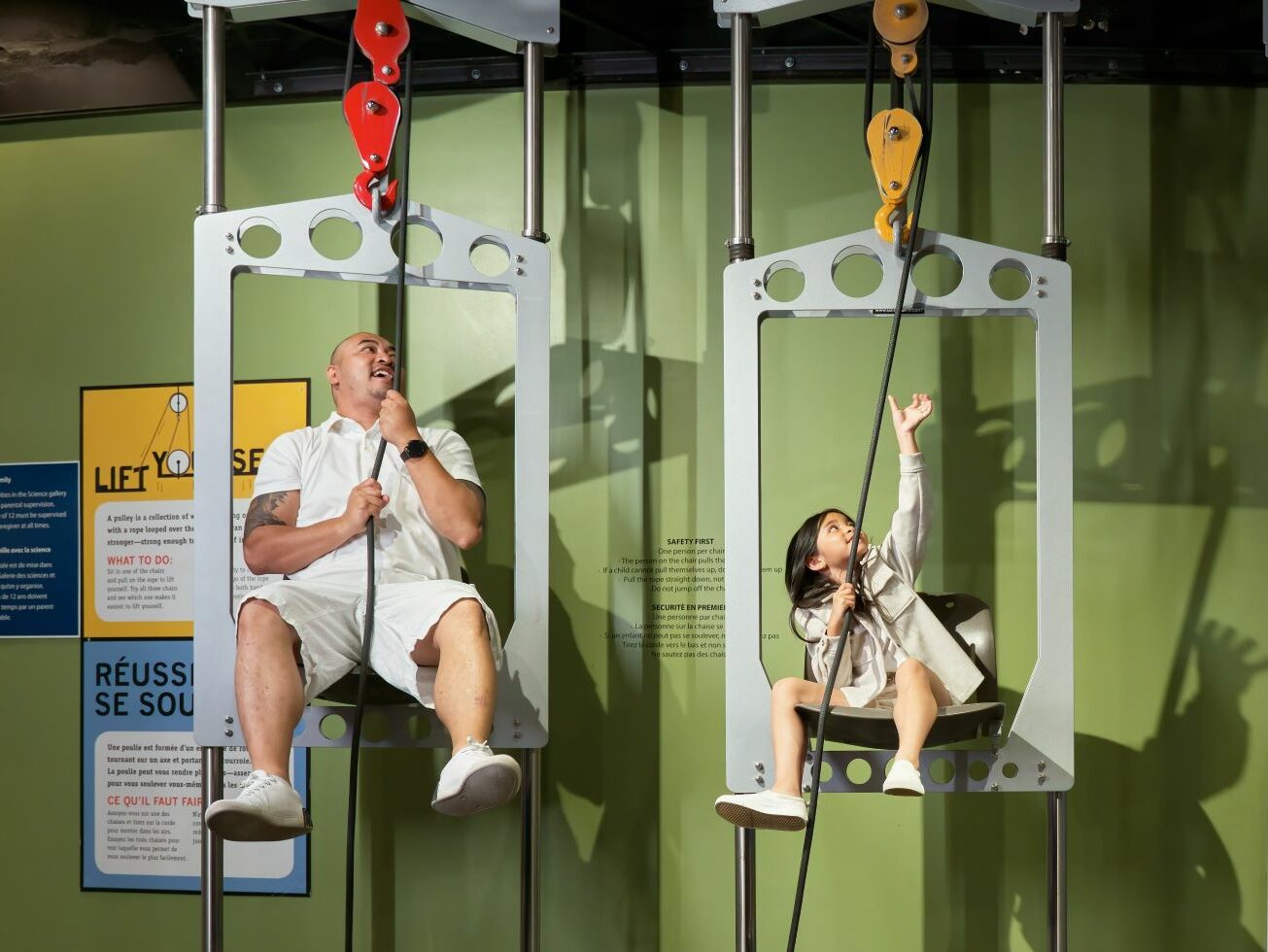


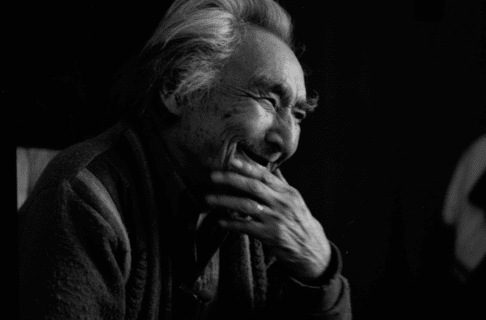
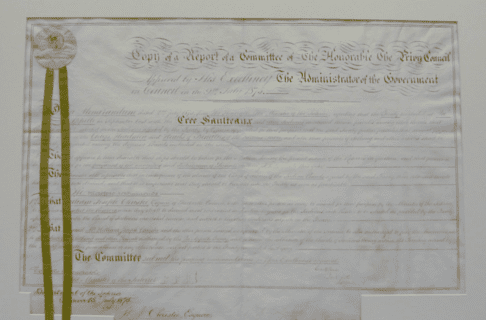


 A number of events have occurred this past year that are noteworthy. The book
A number of events have occurred this past year that are noteworthy. The book 

